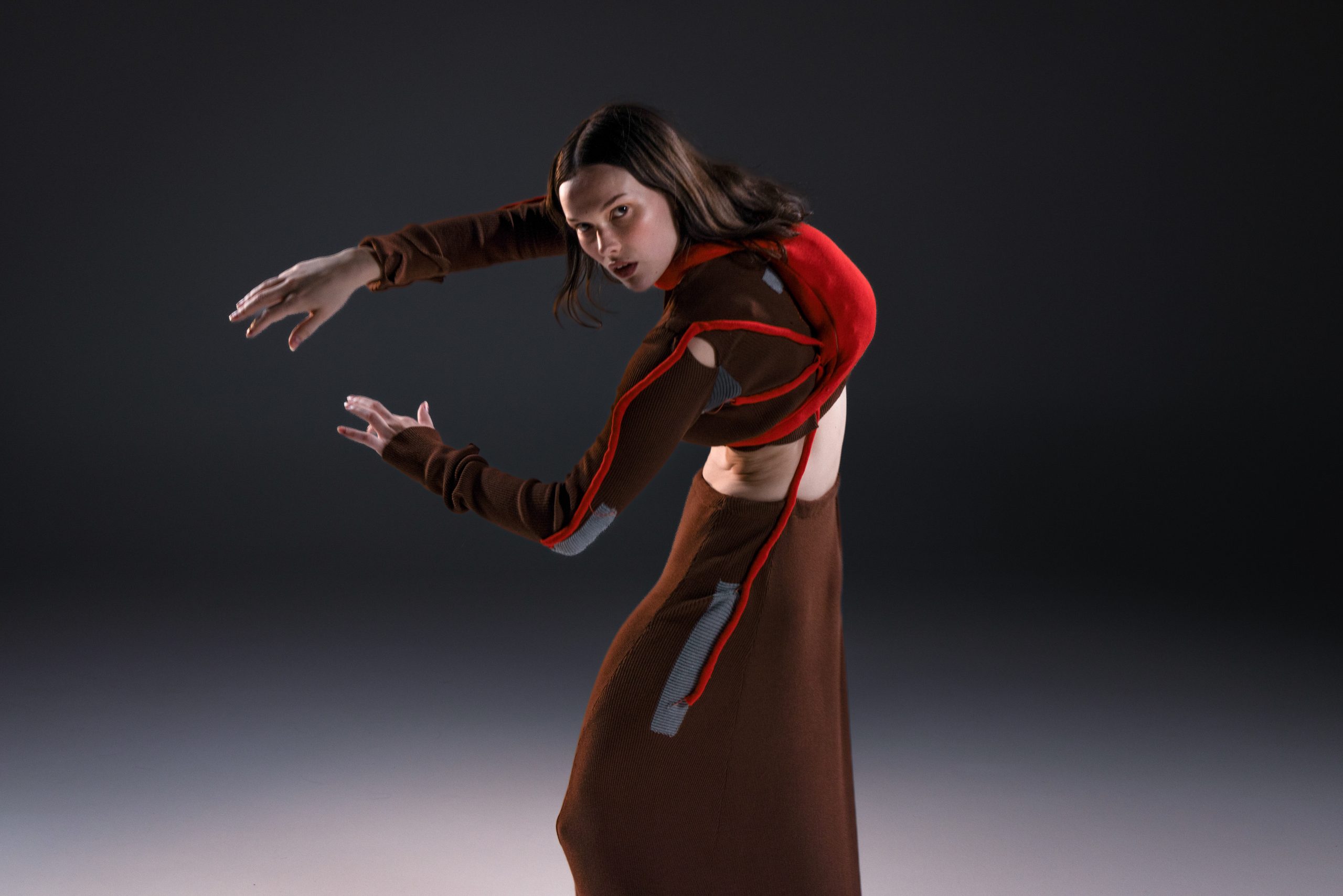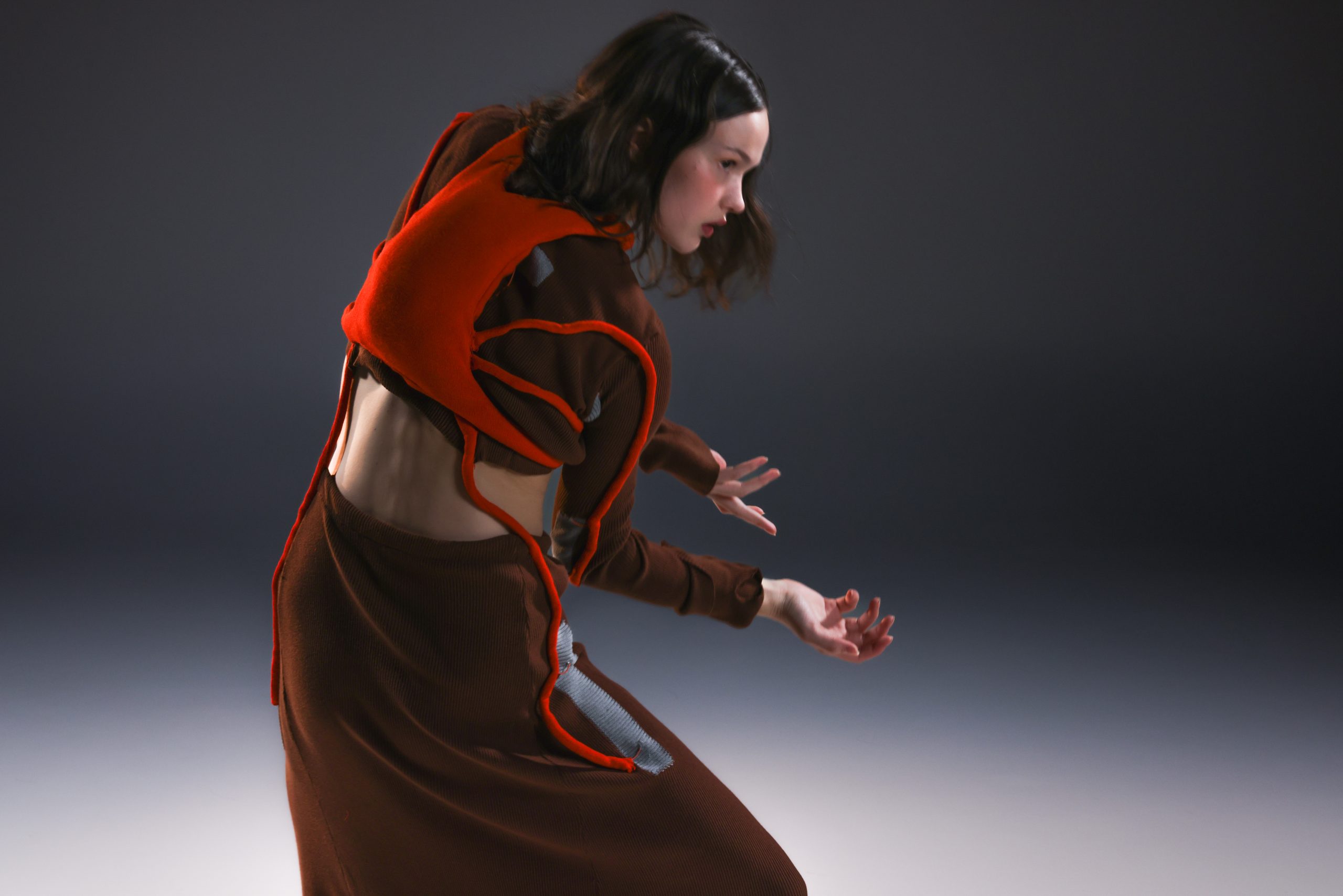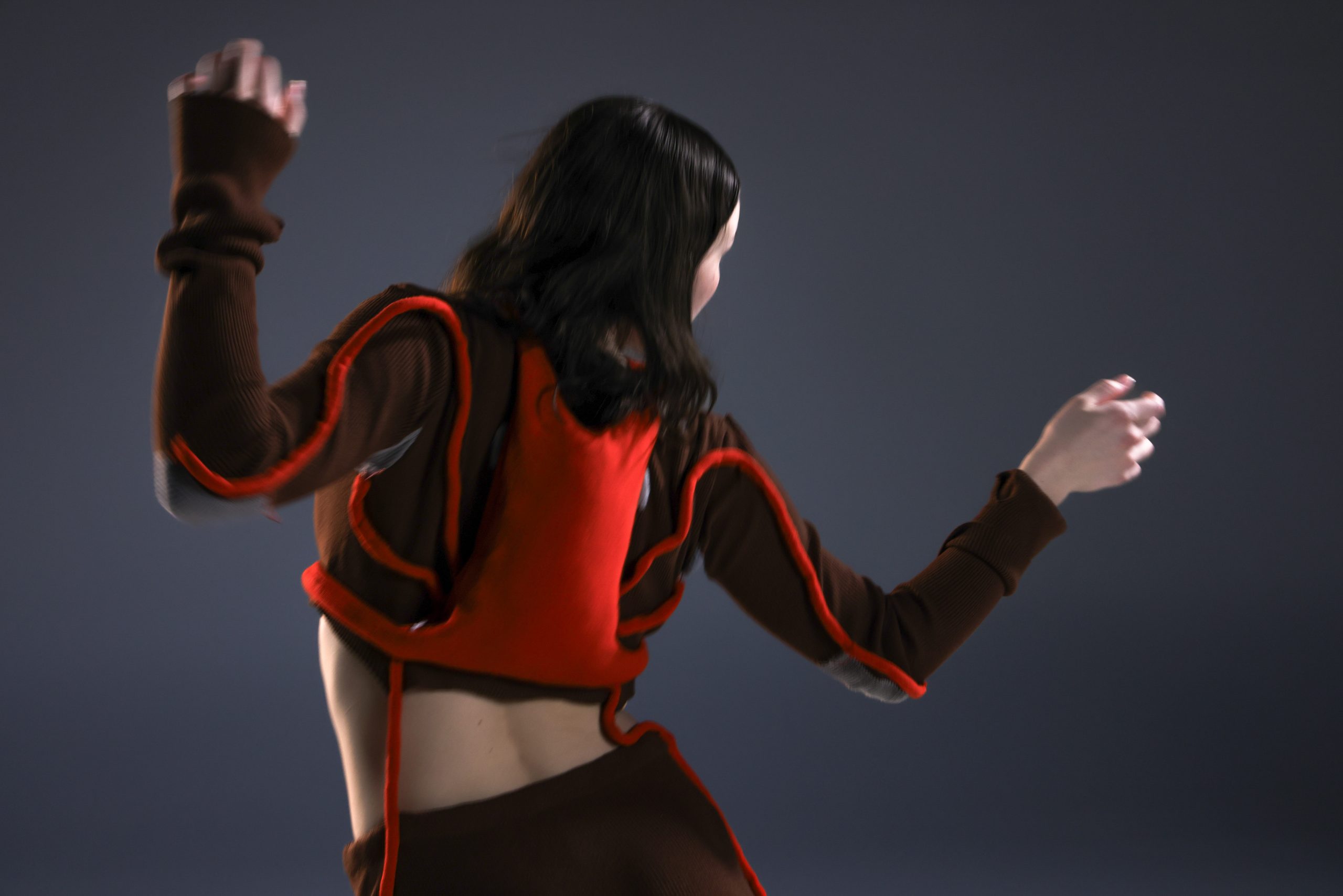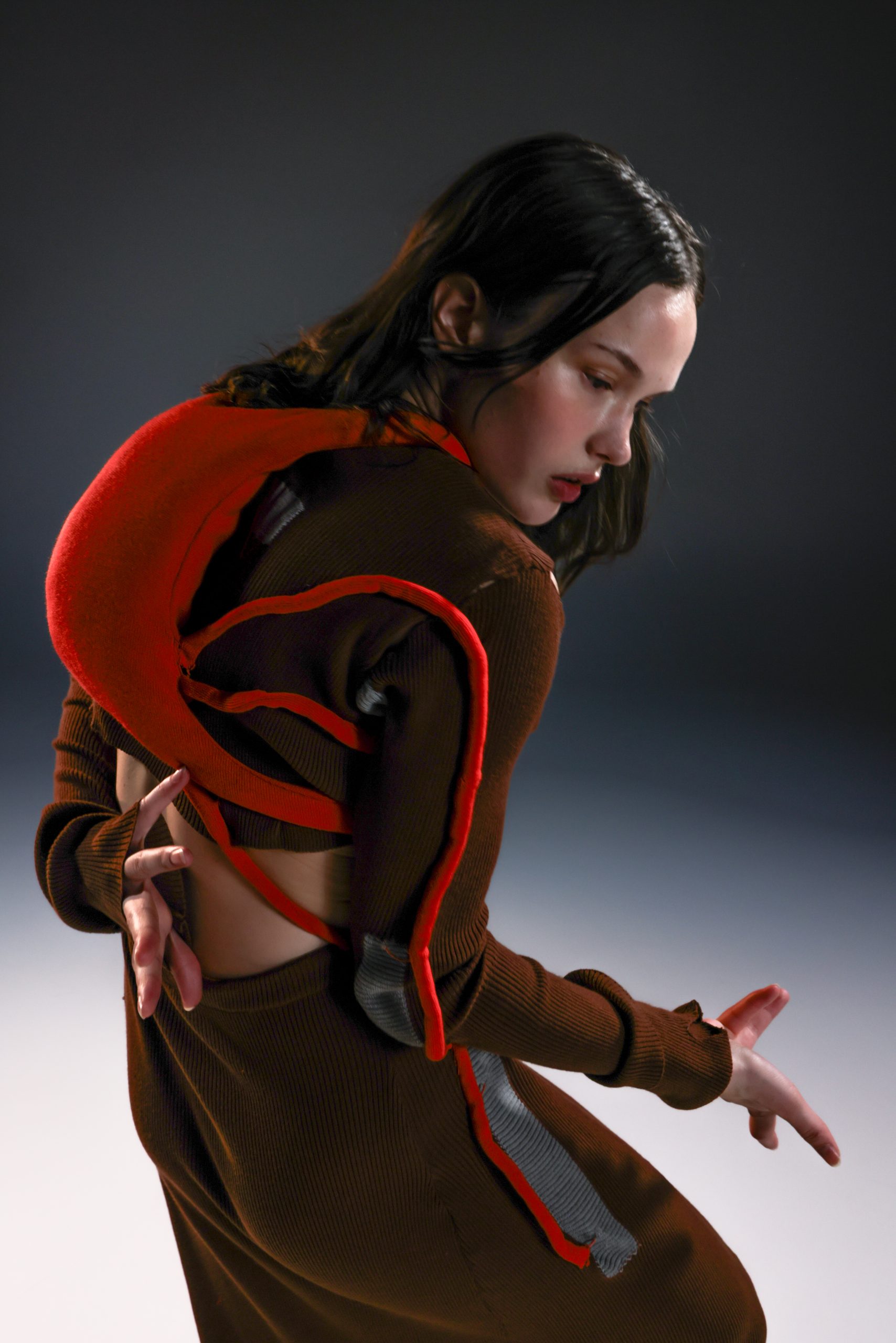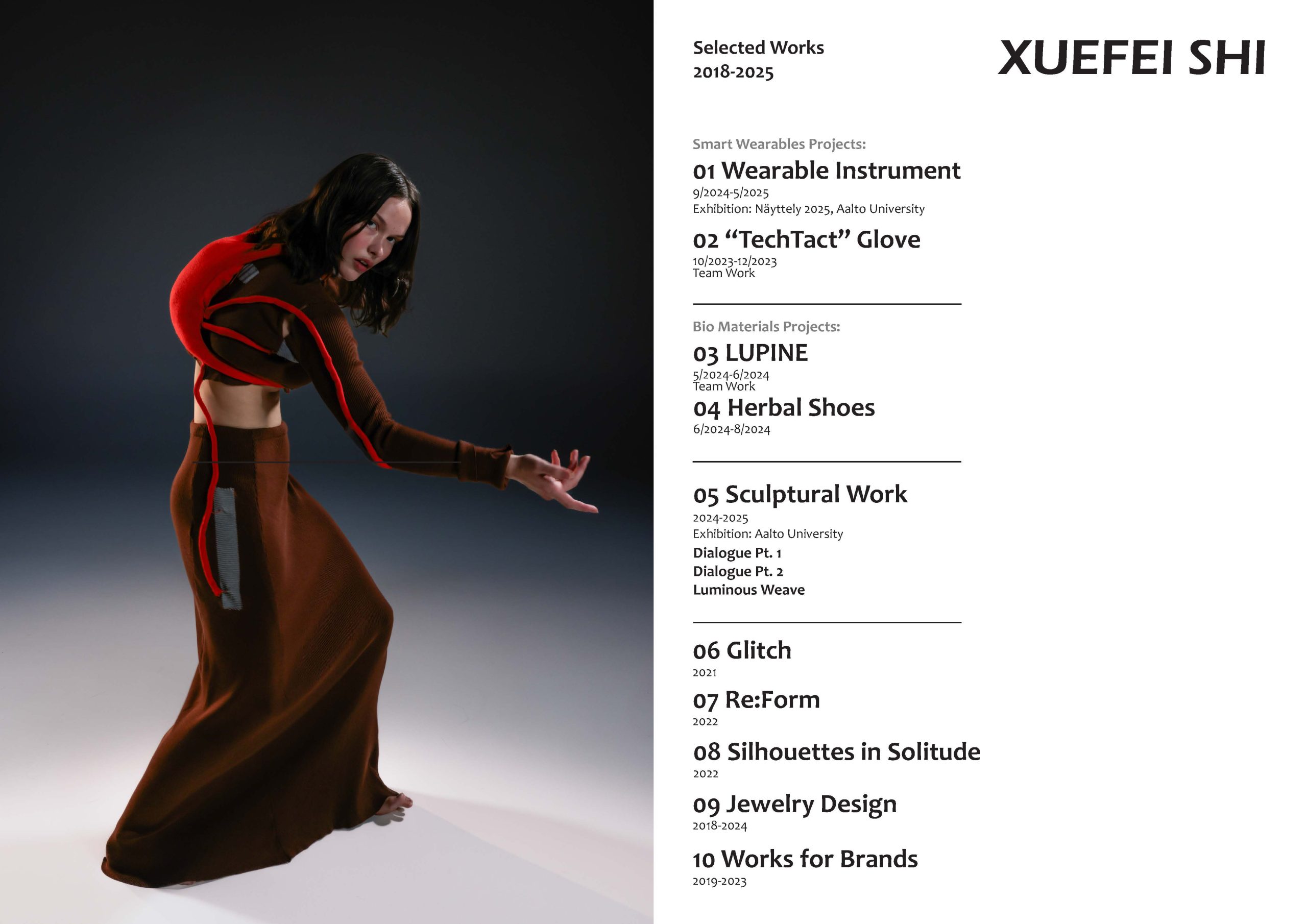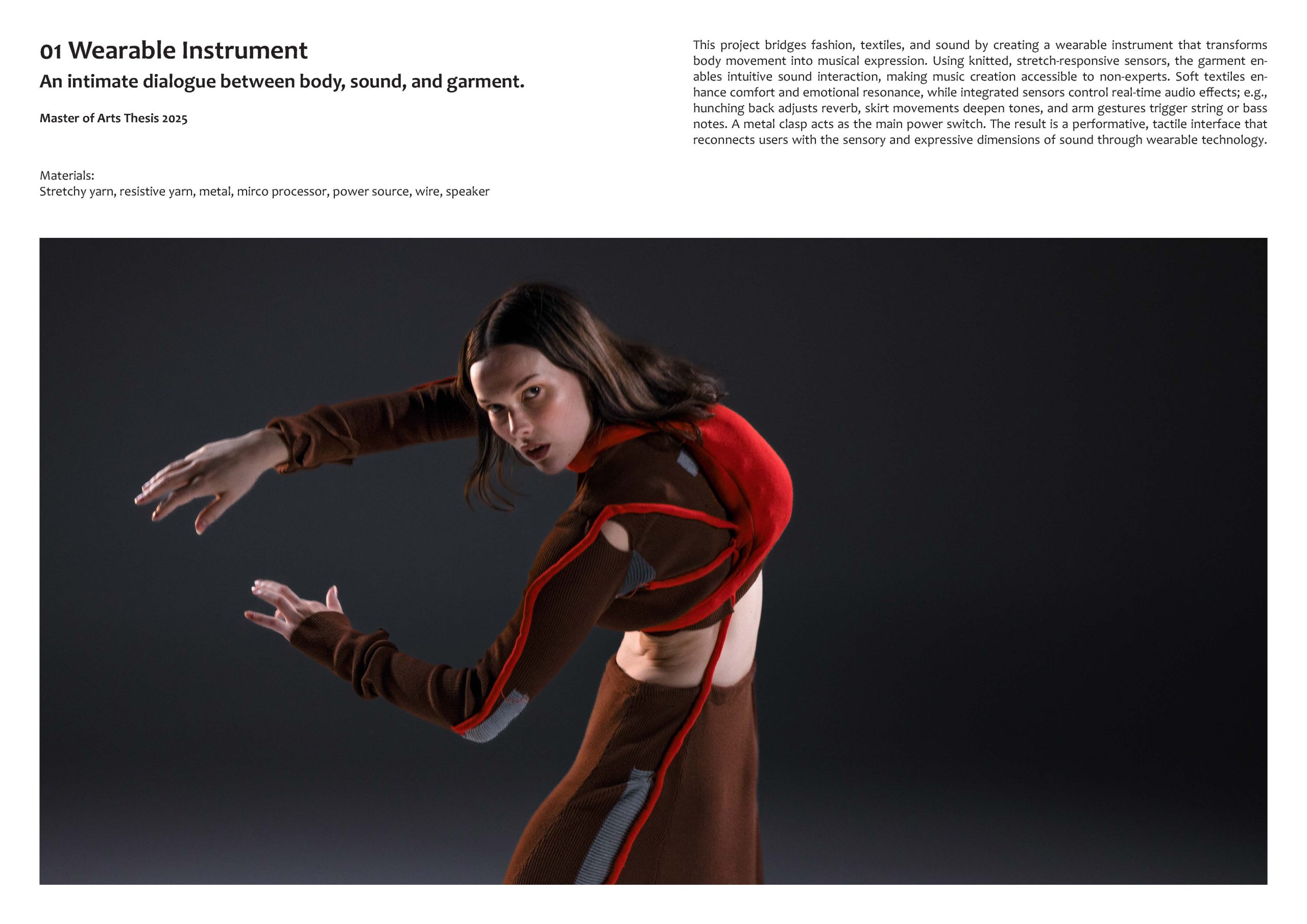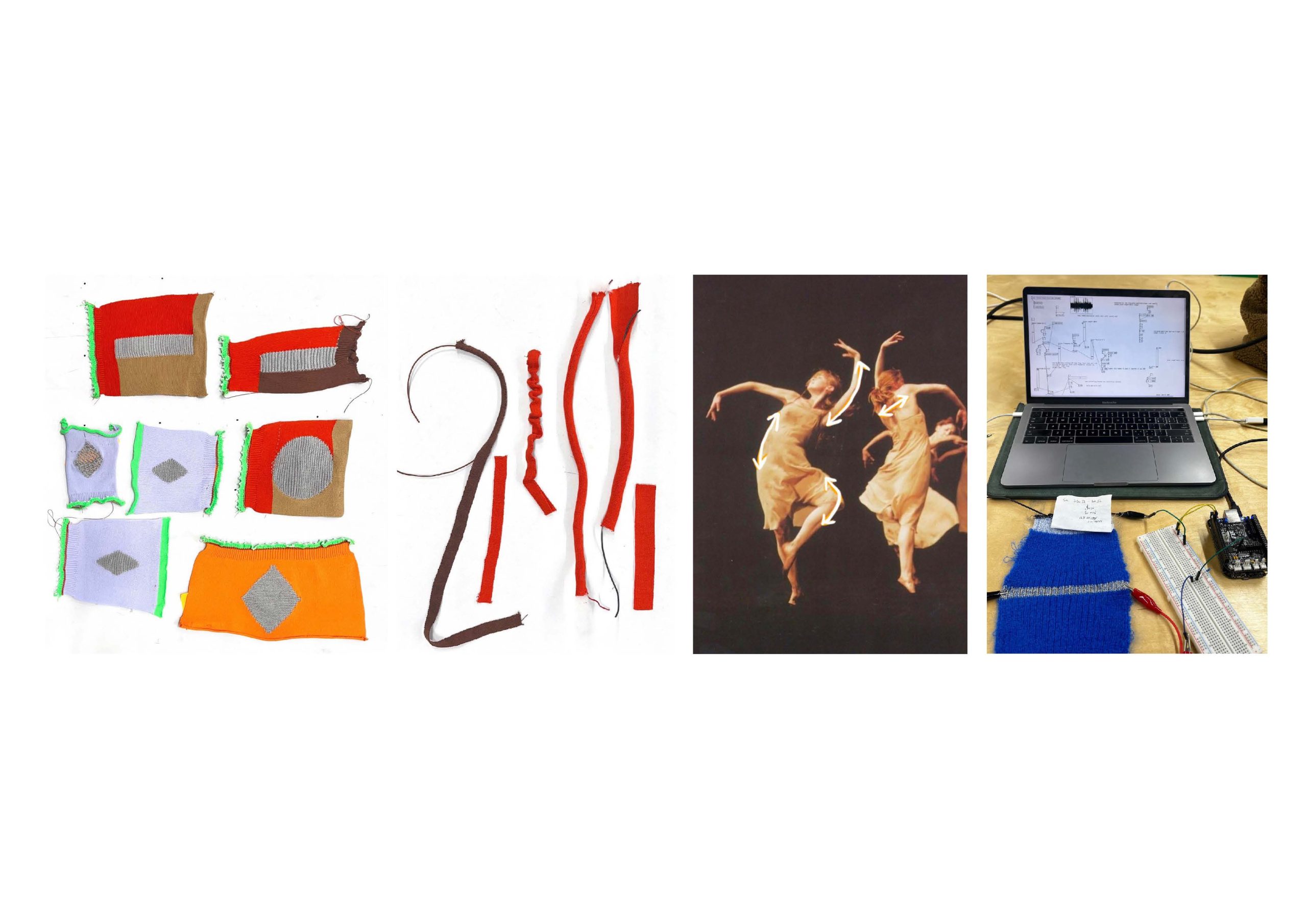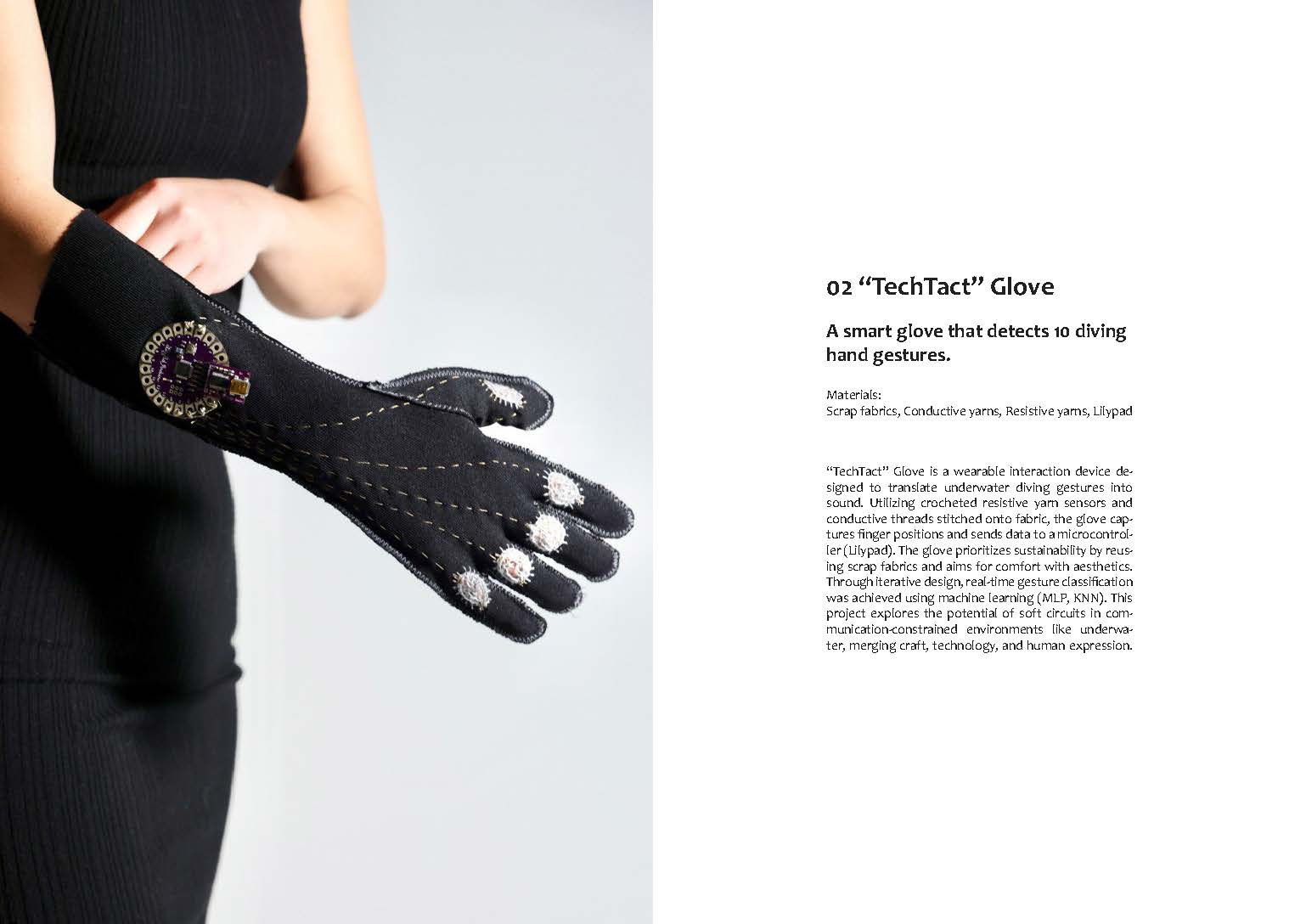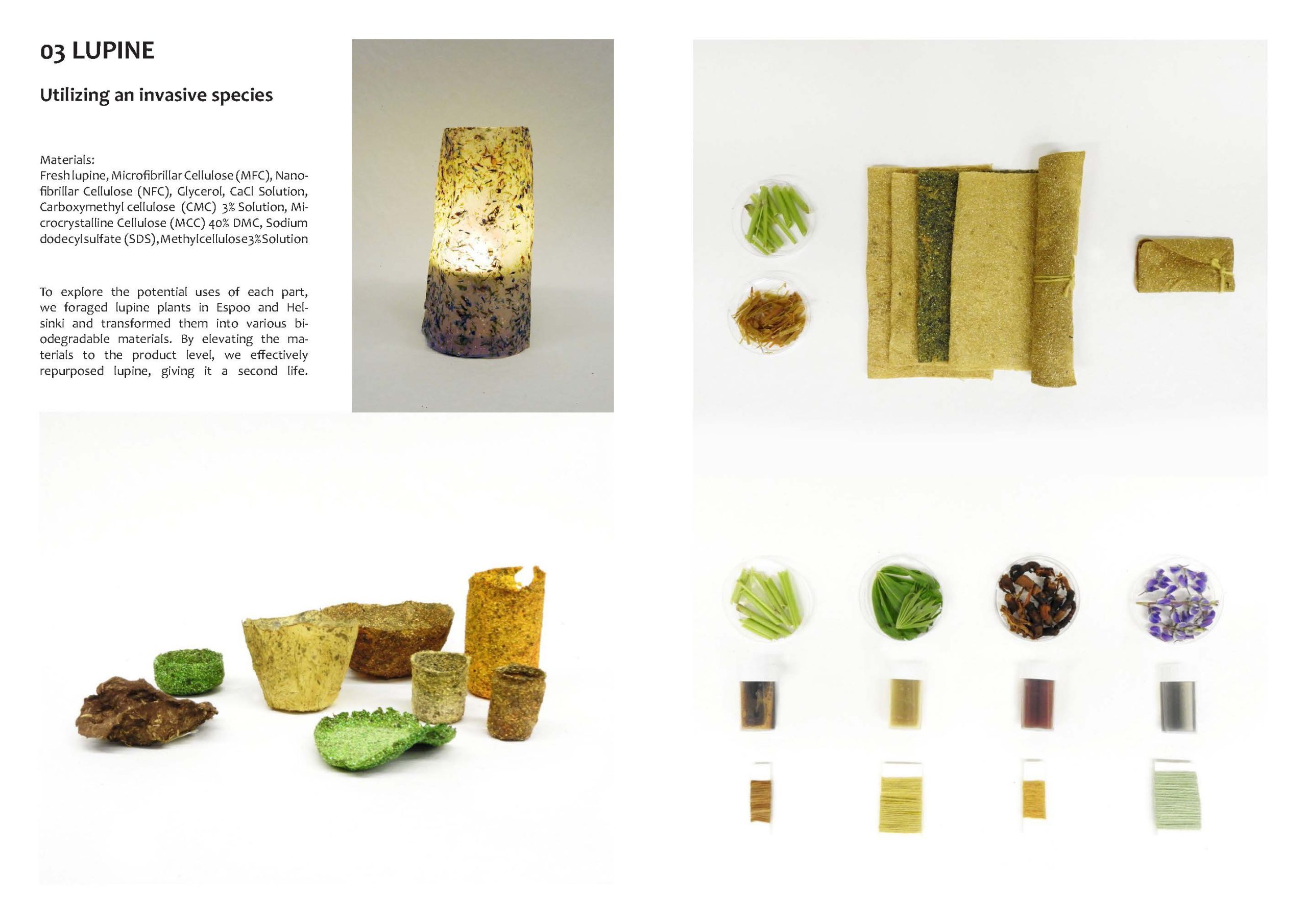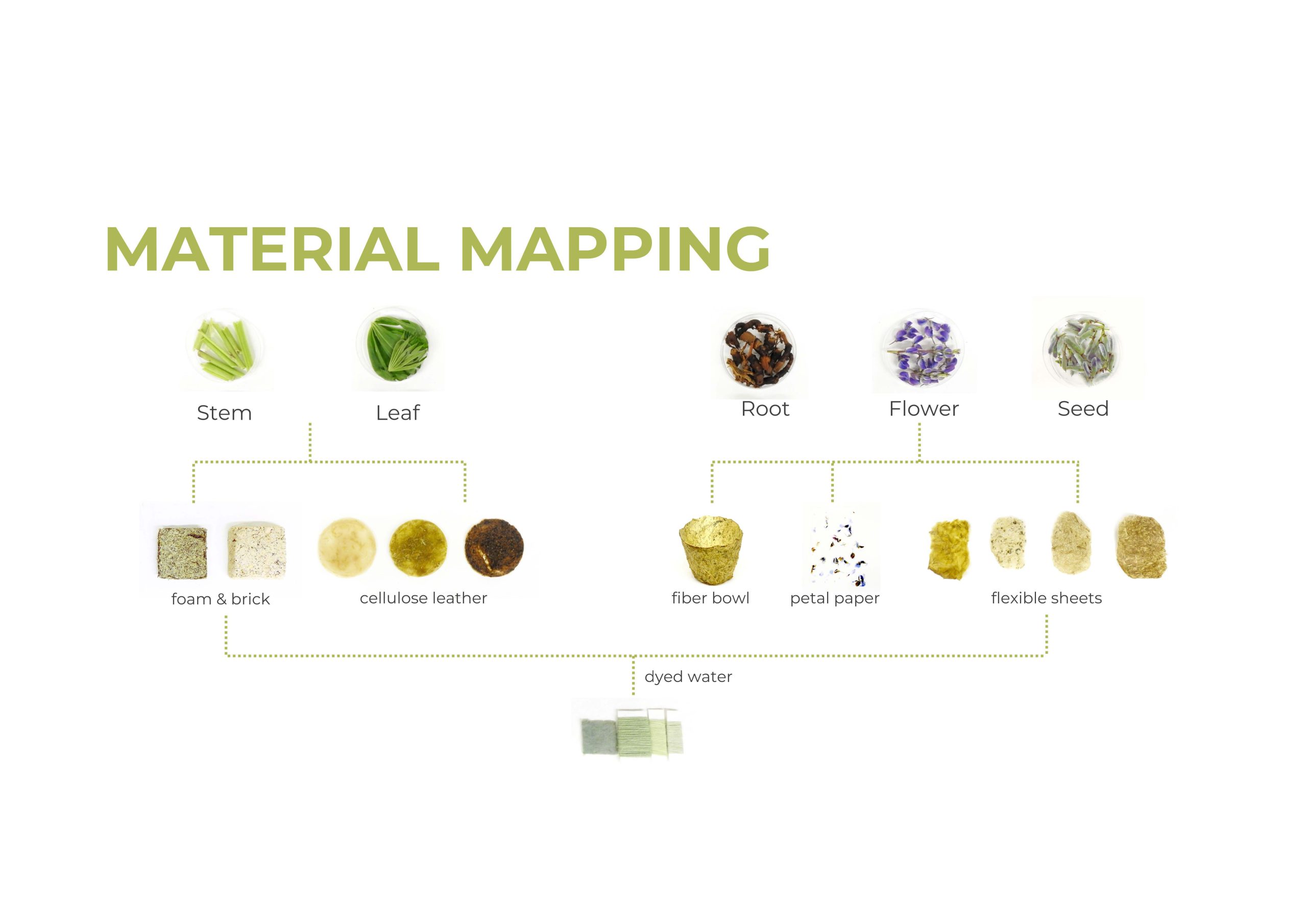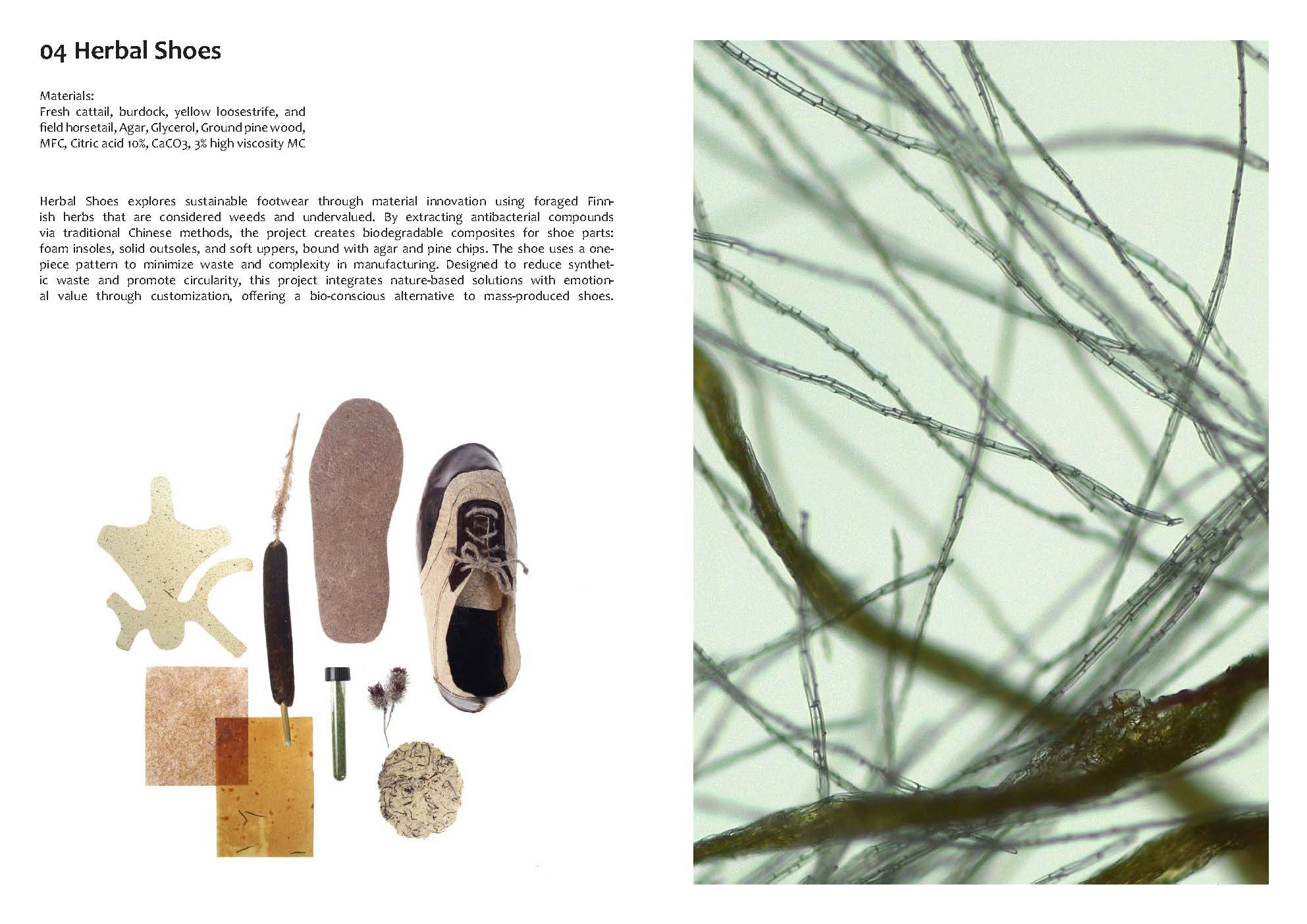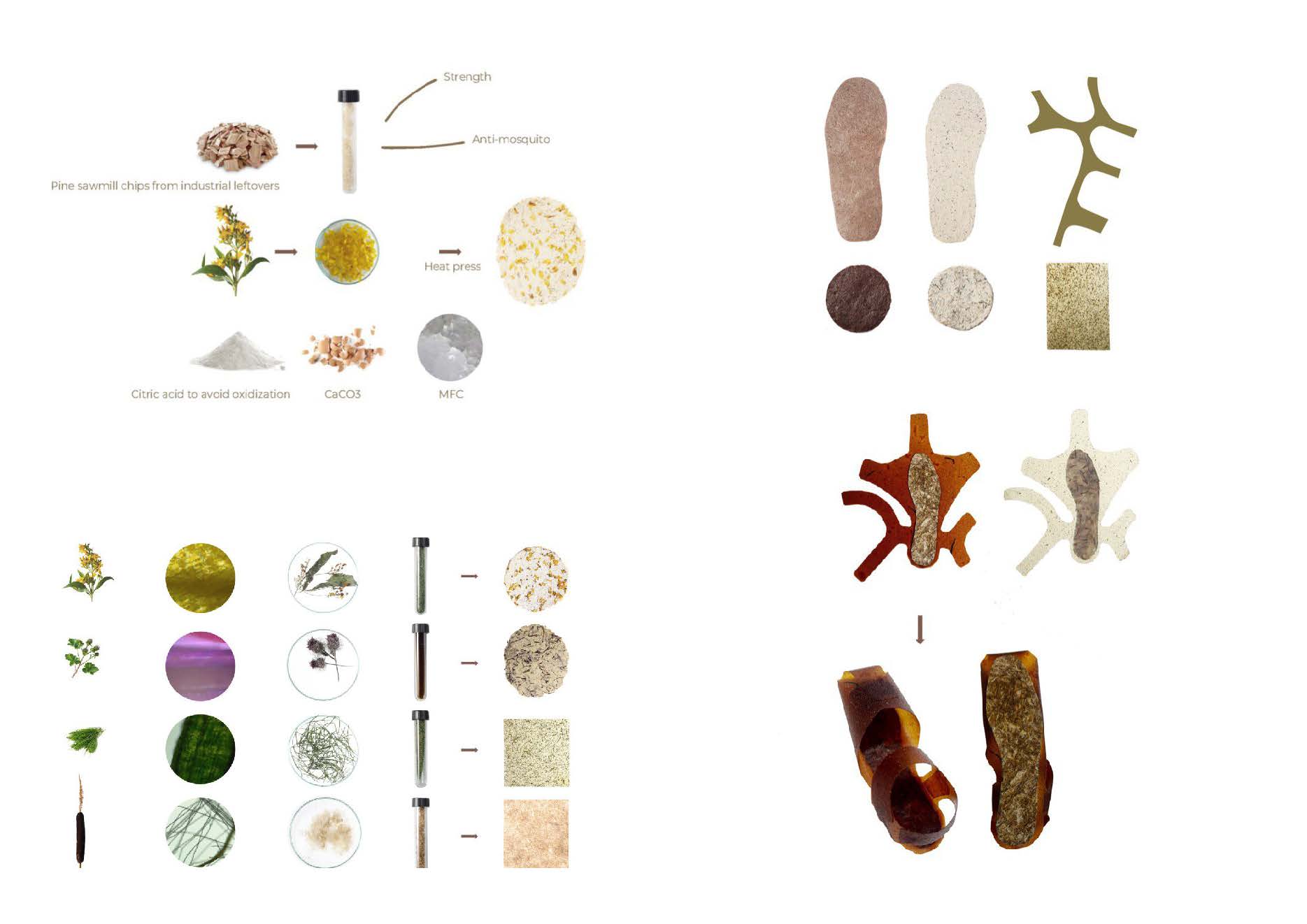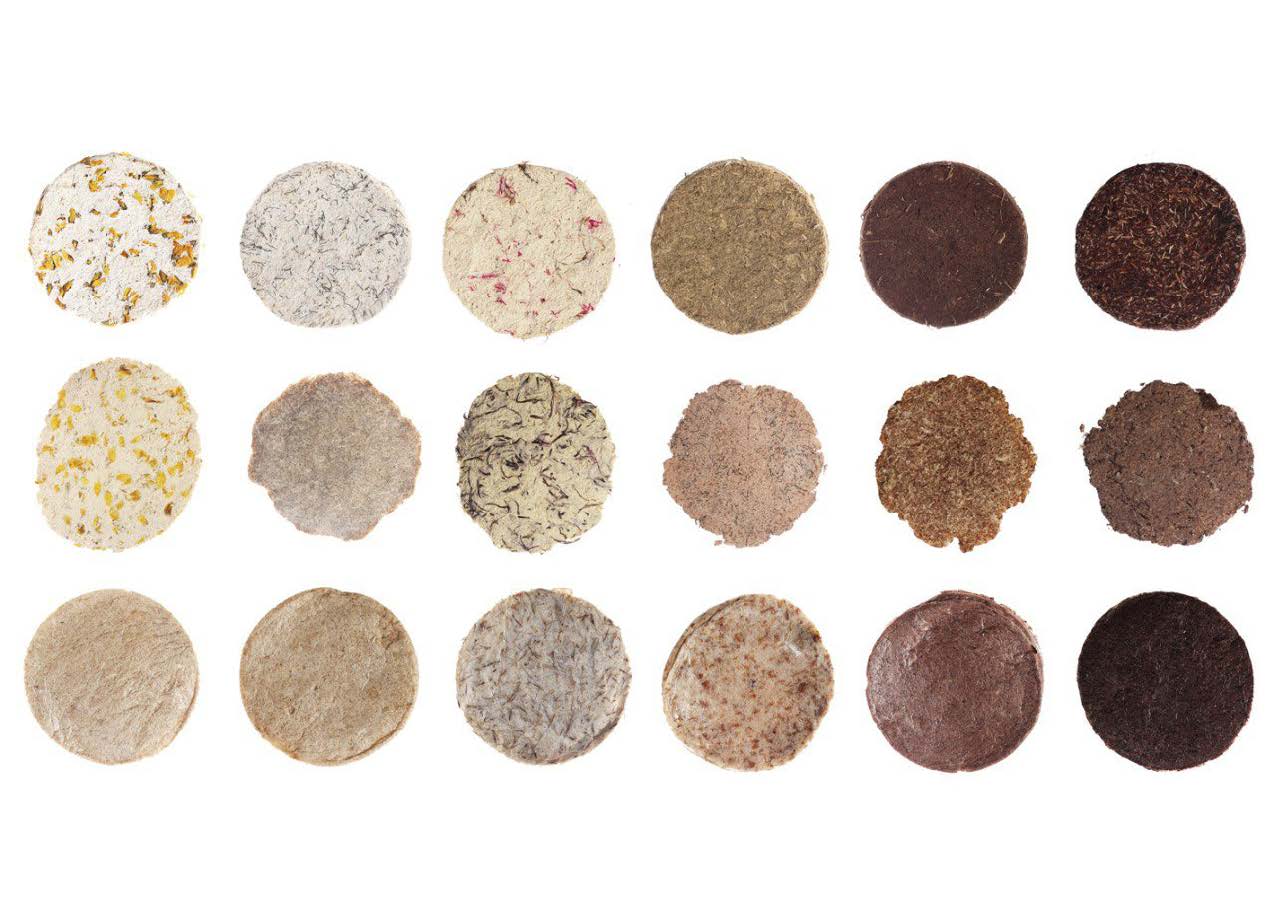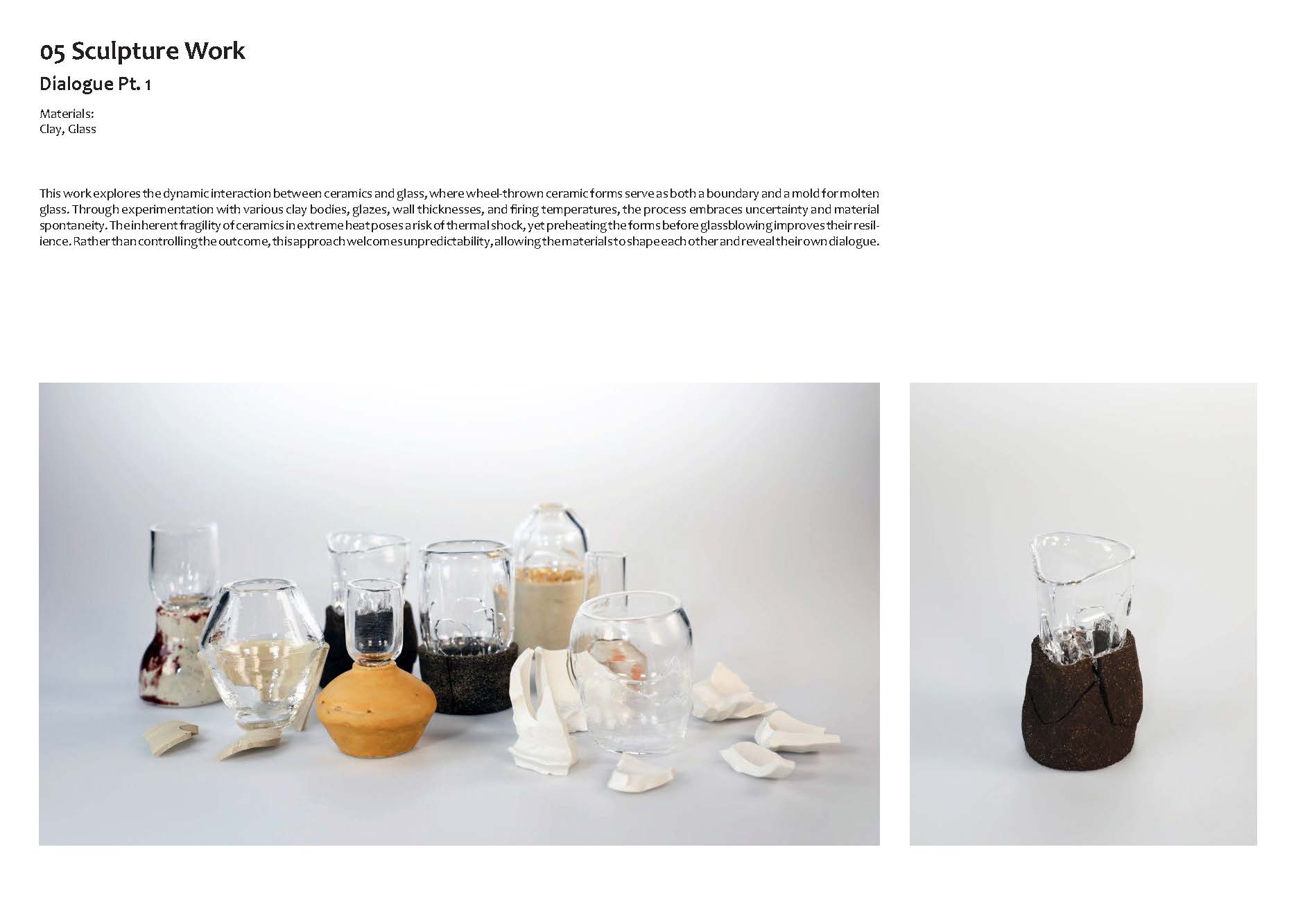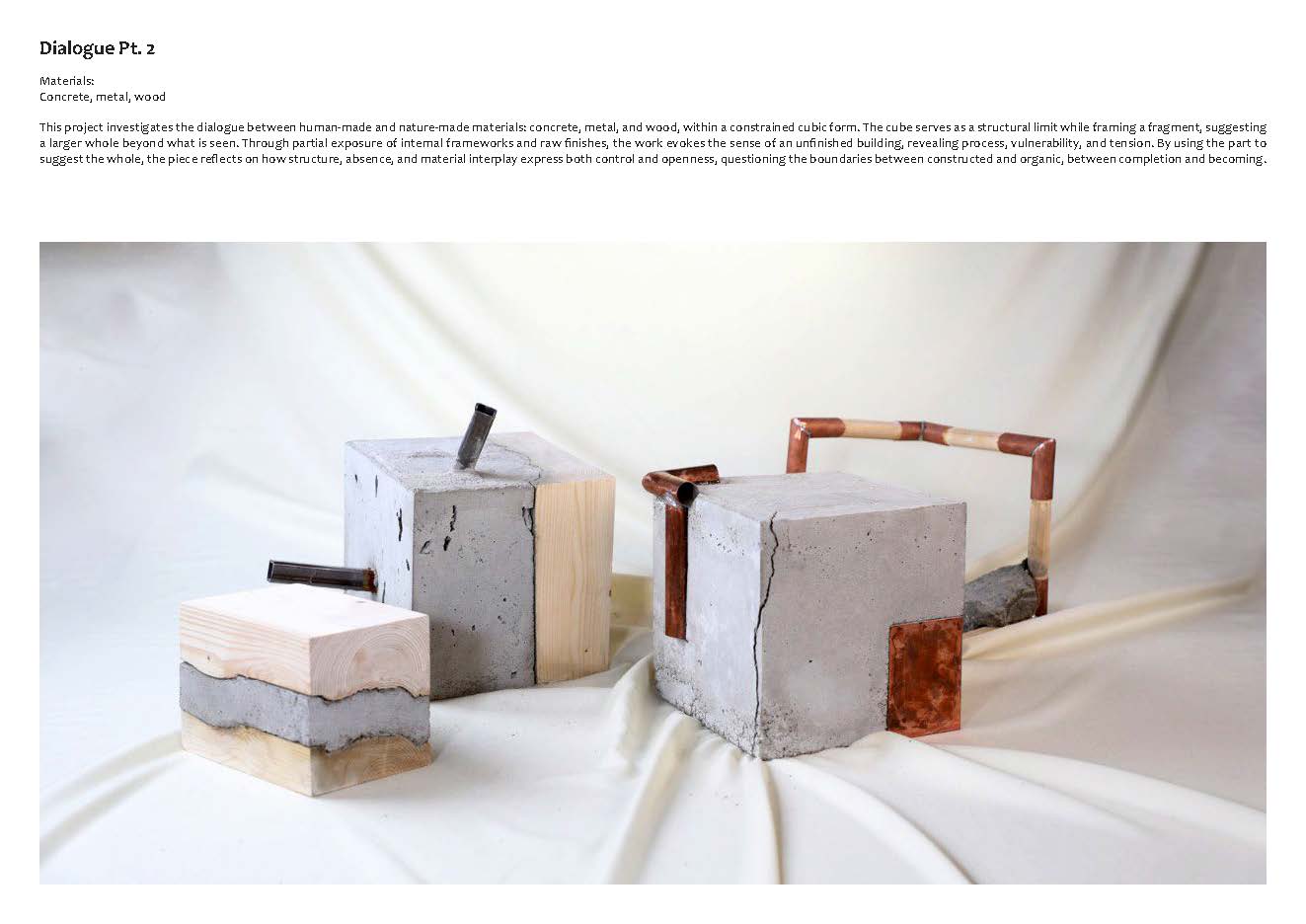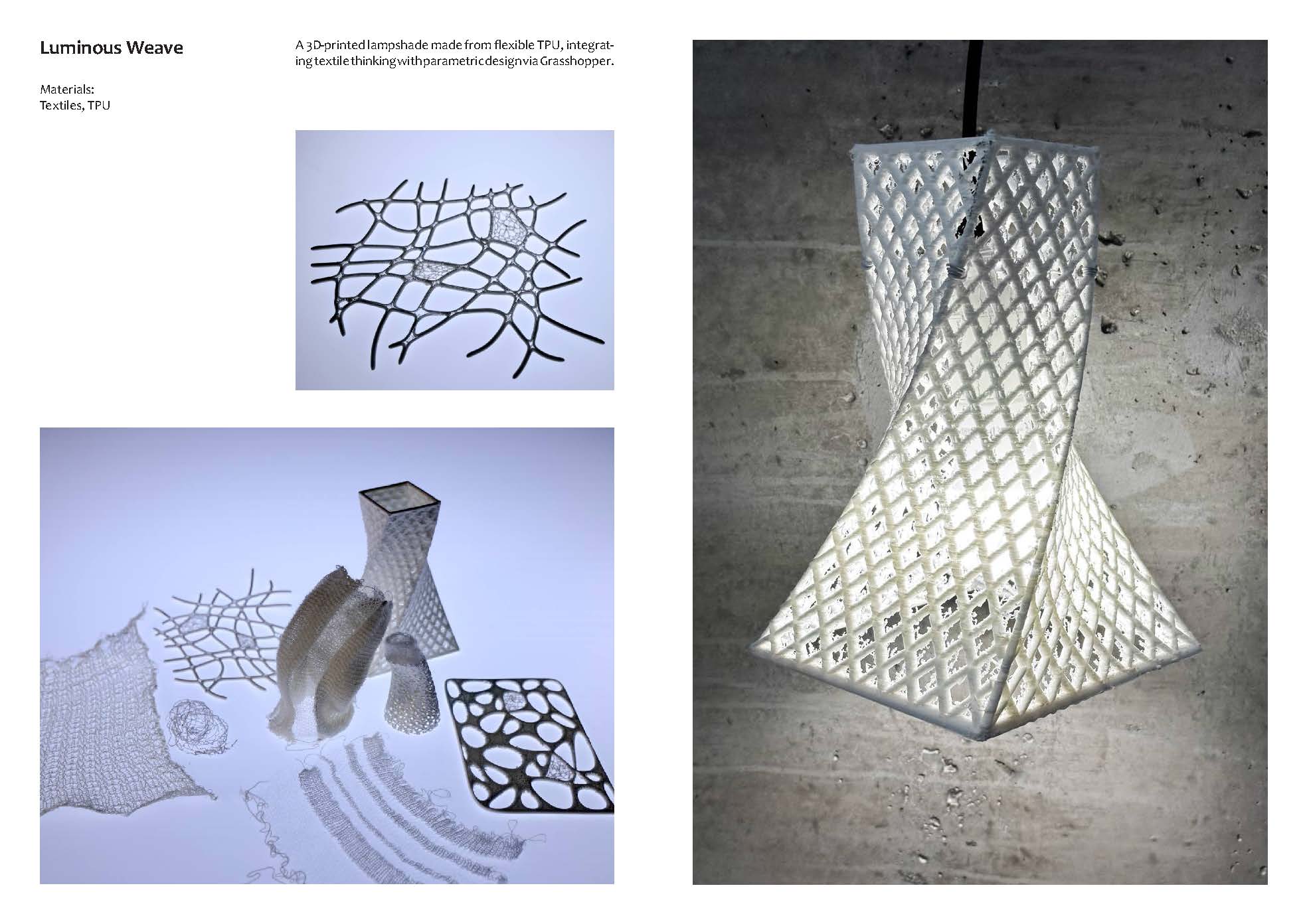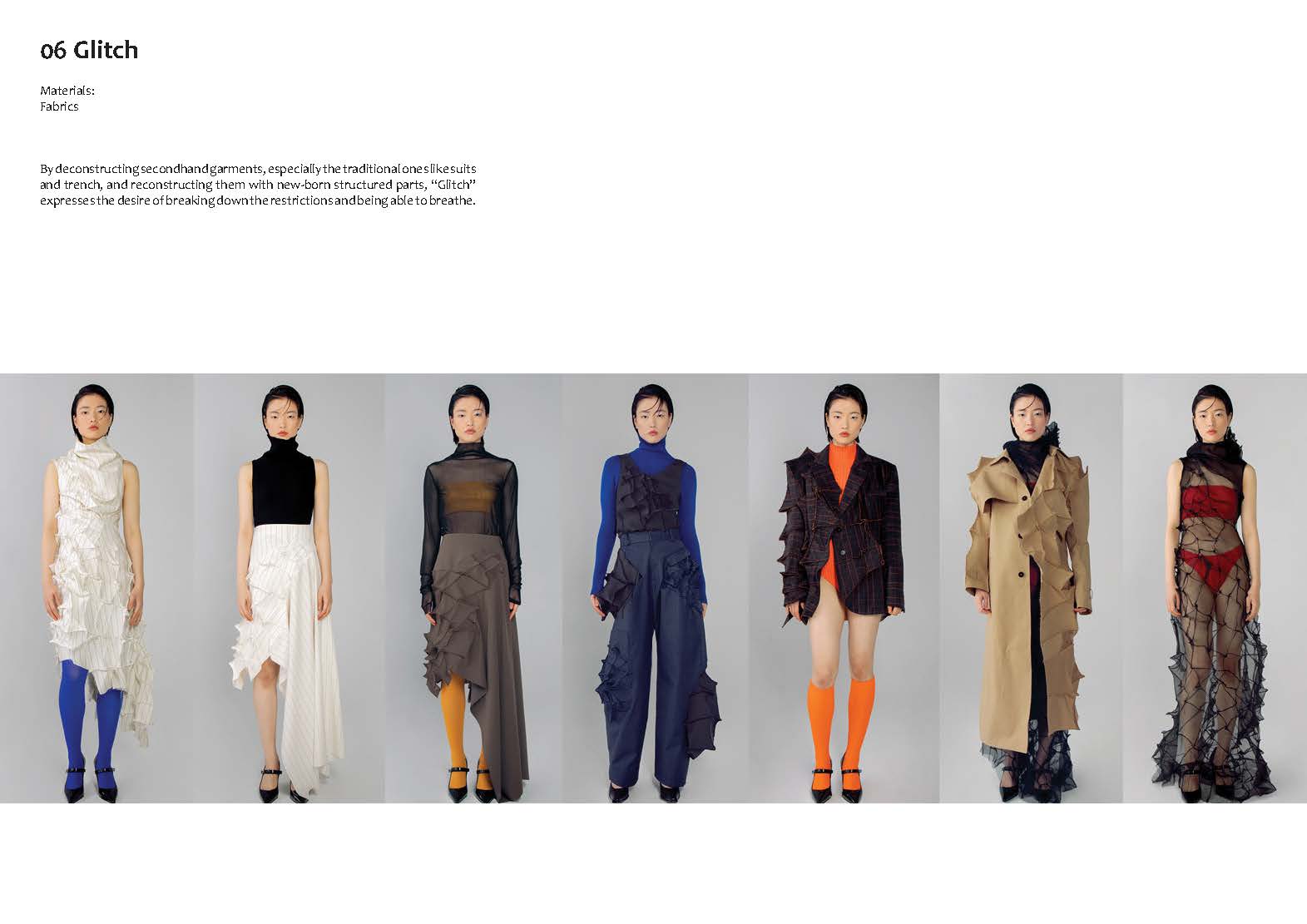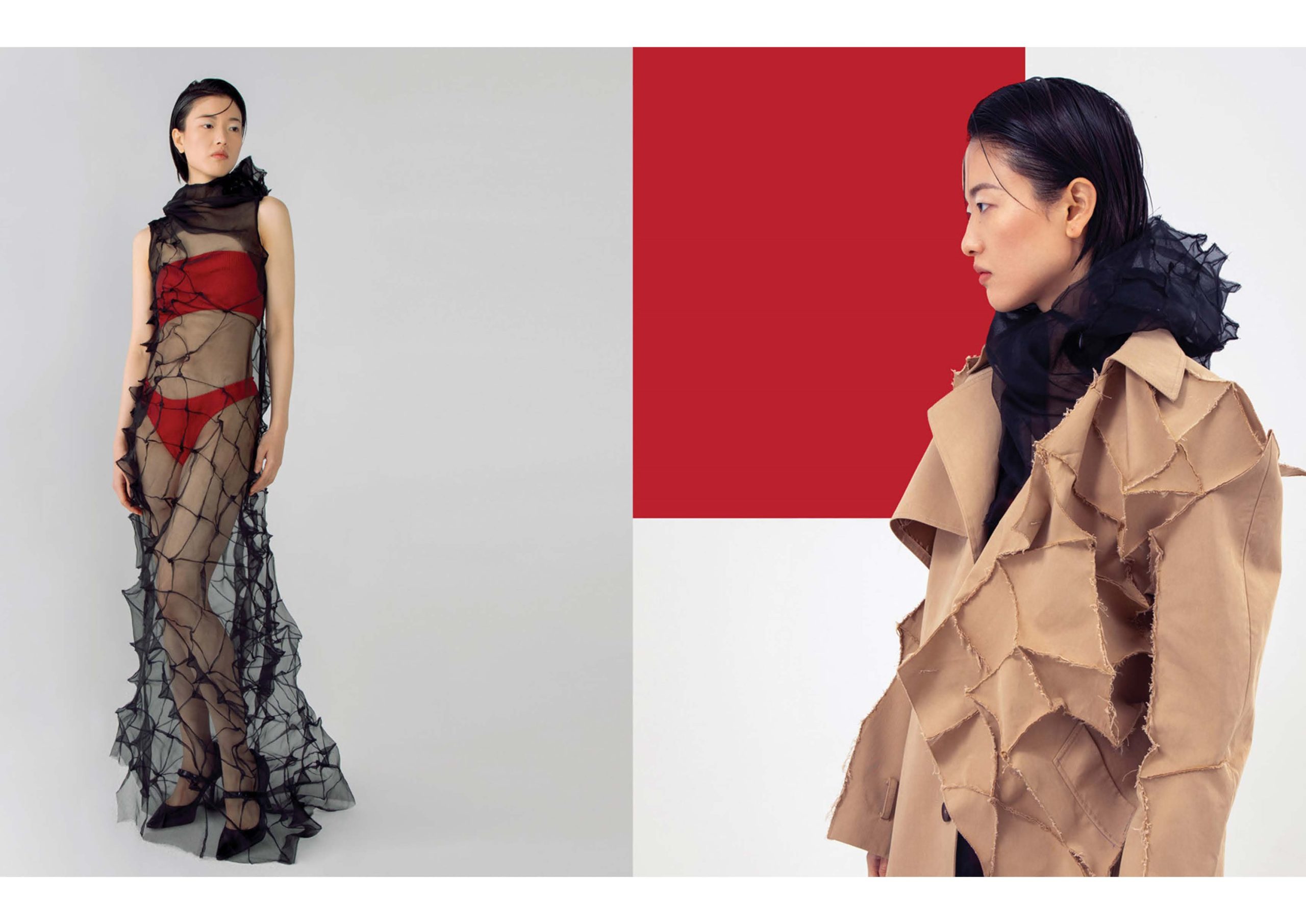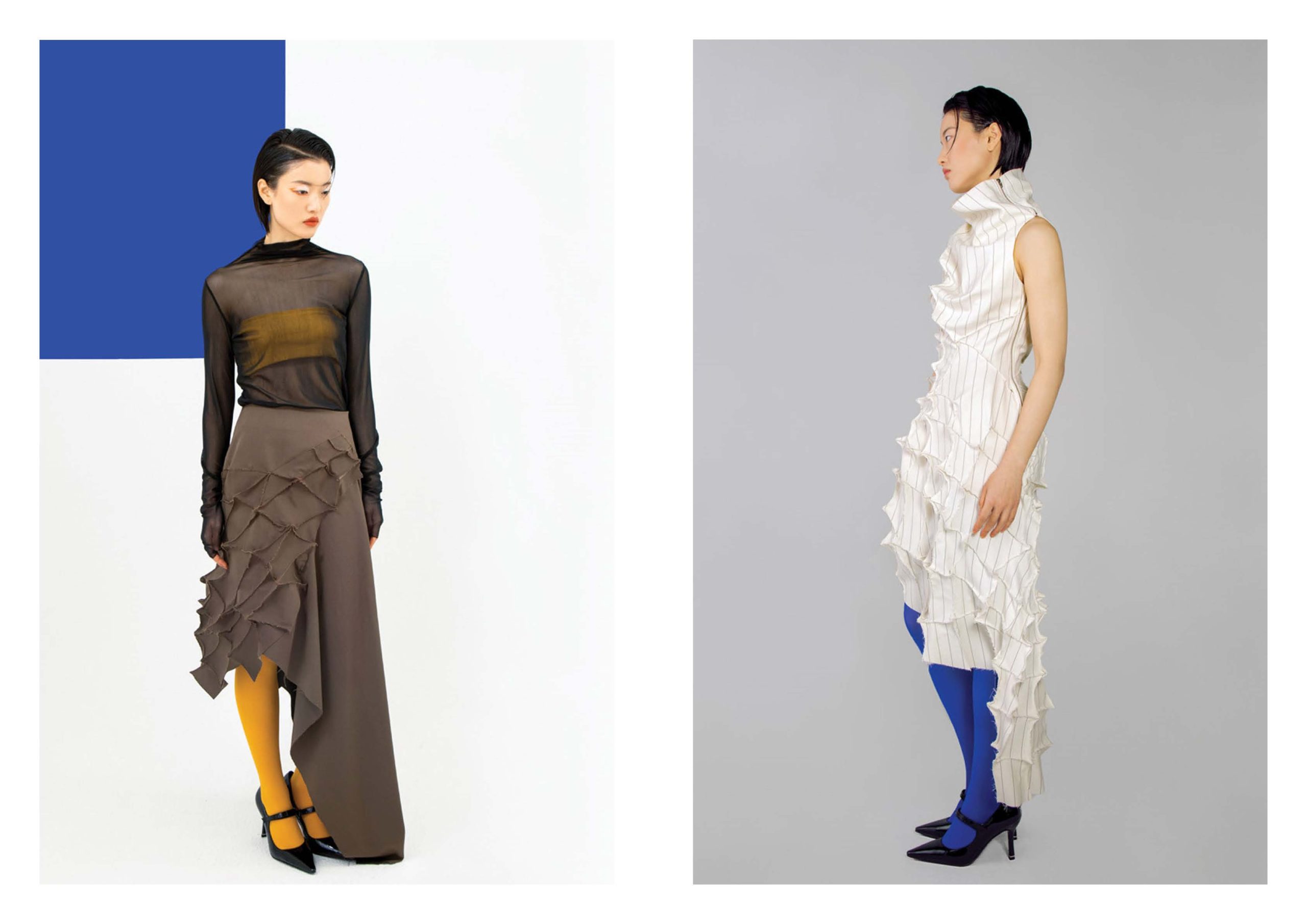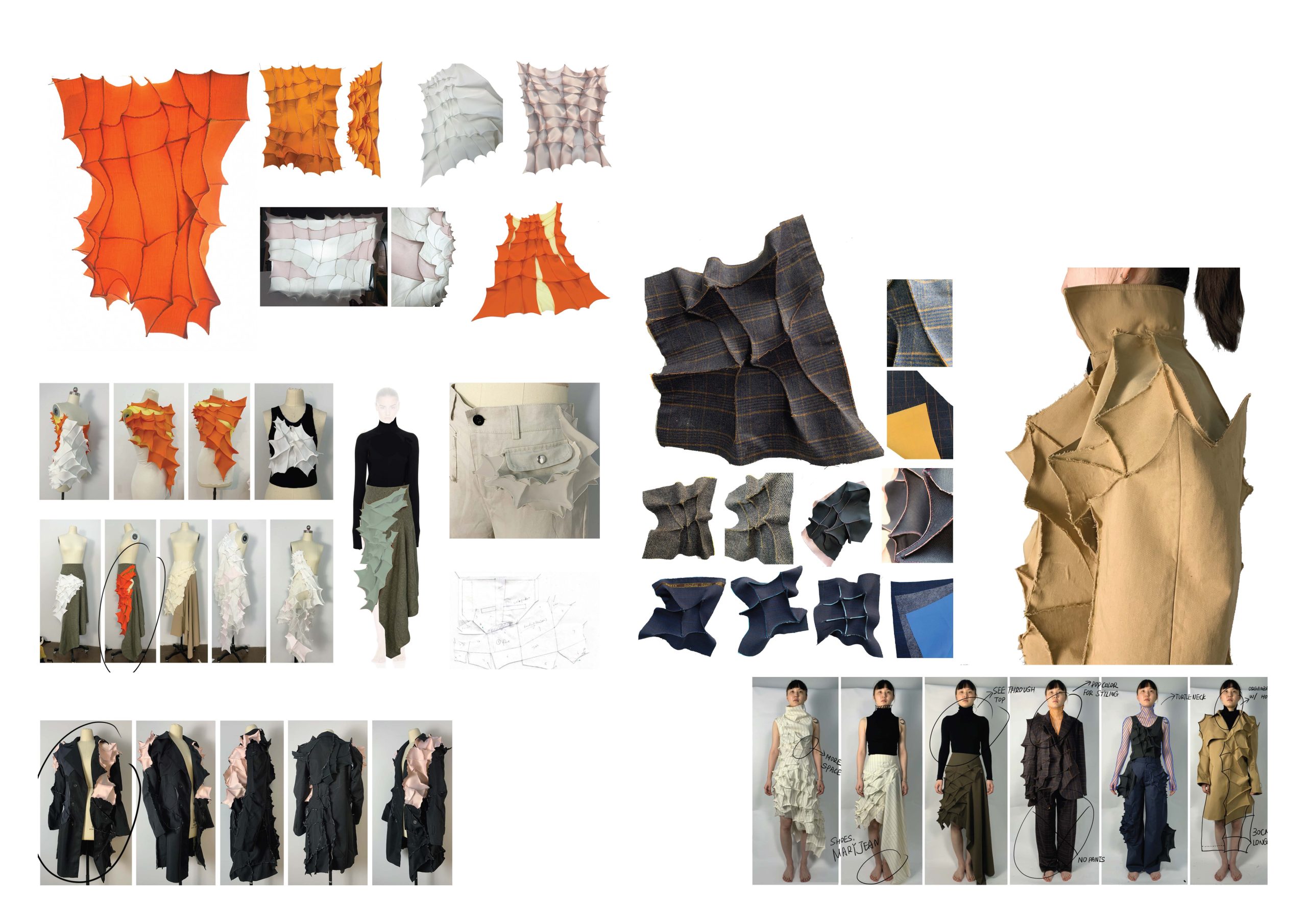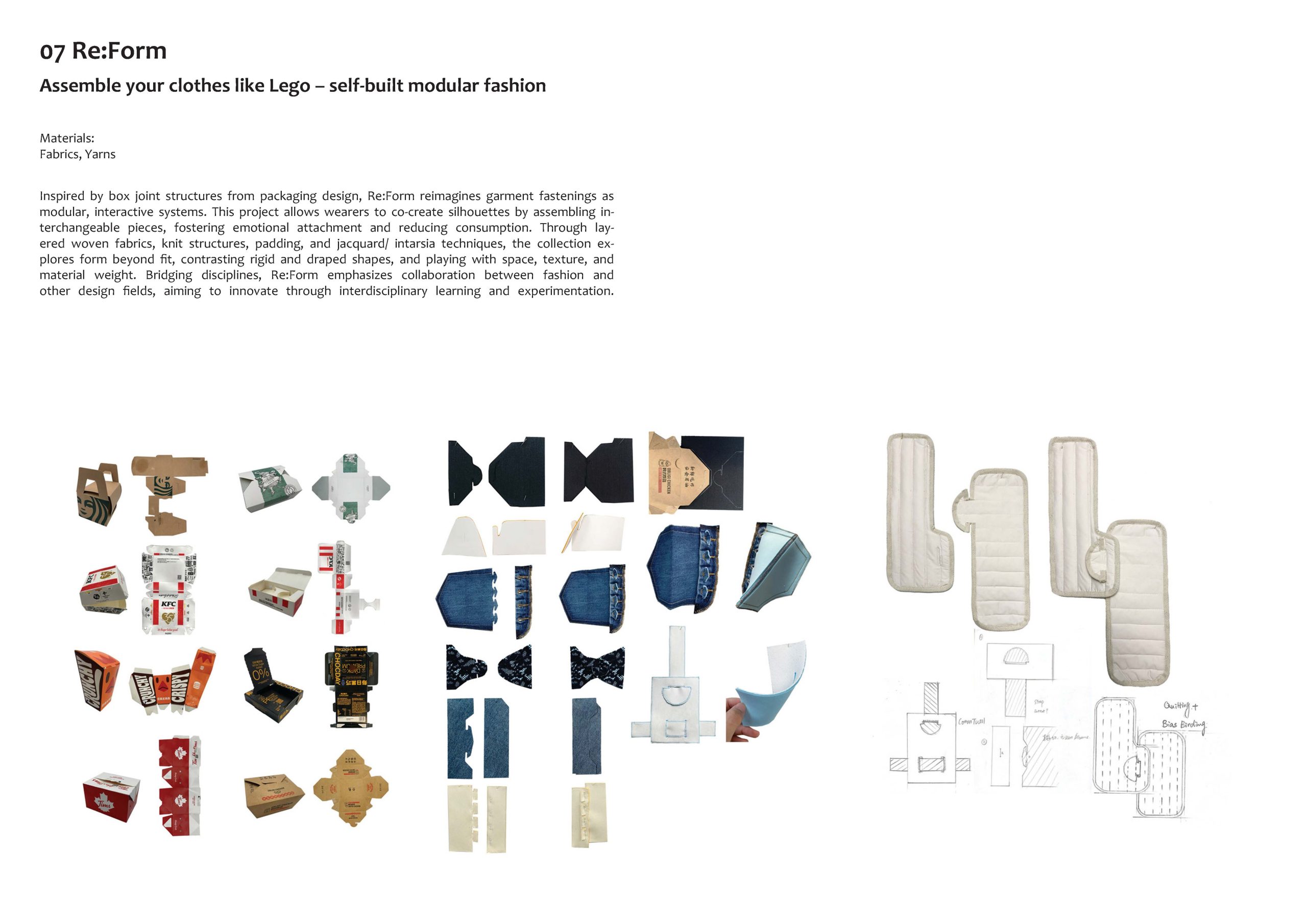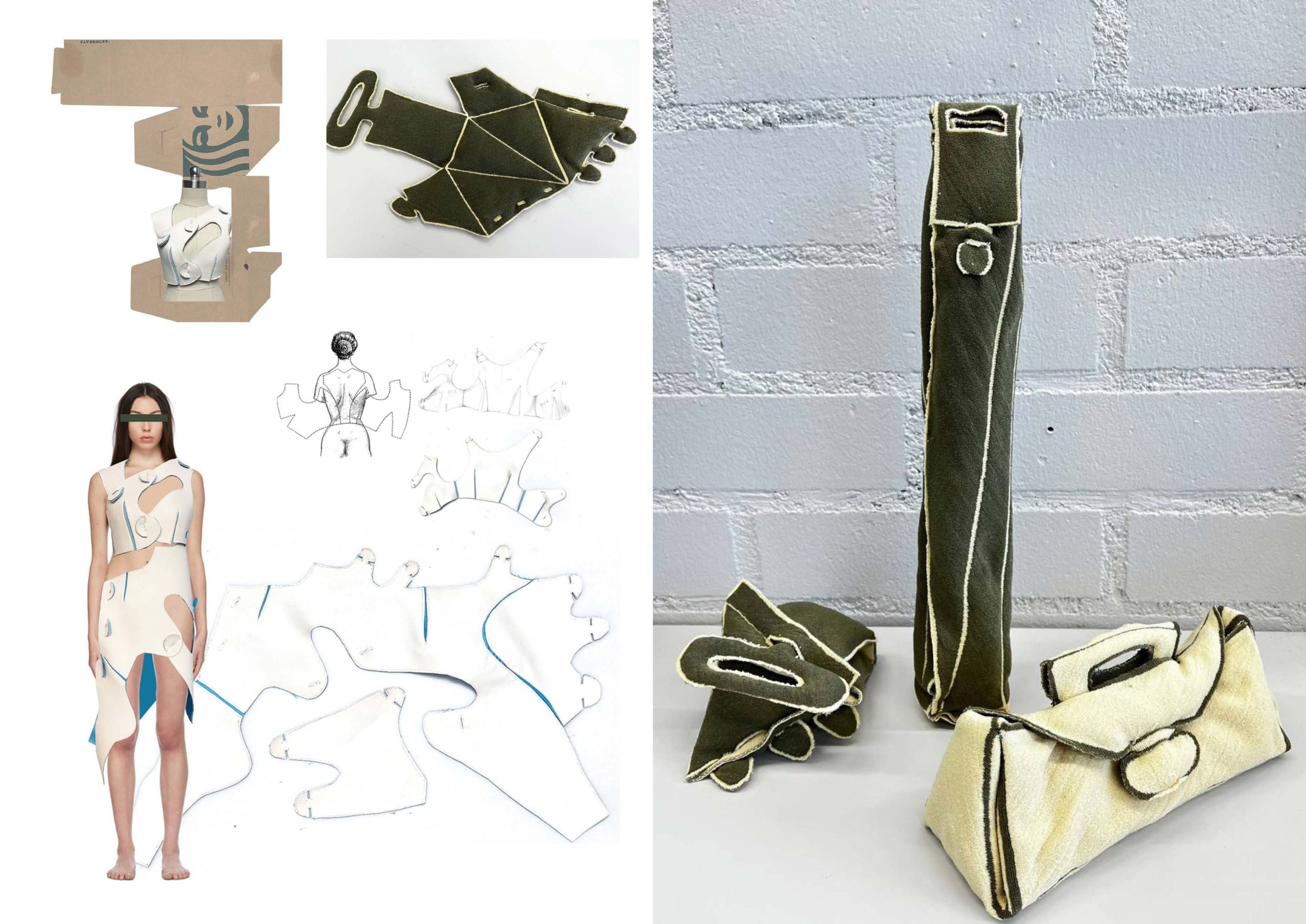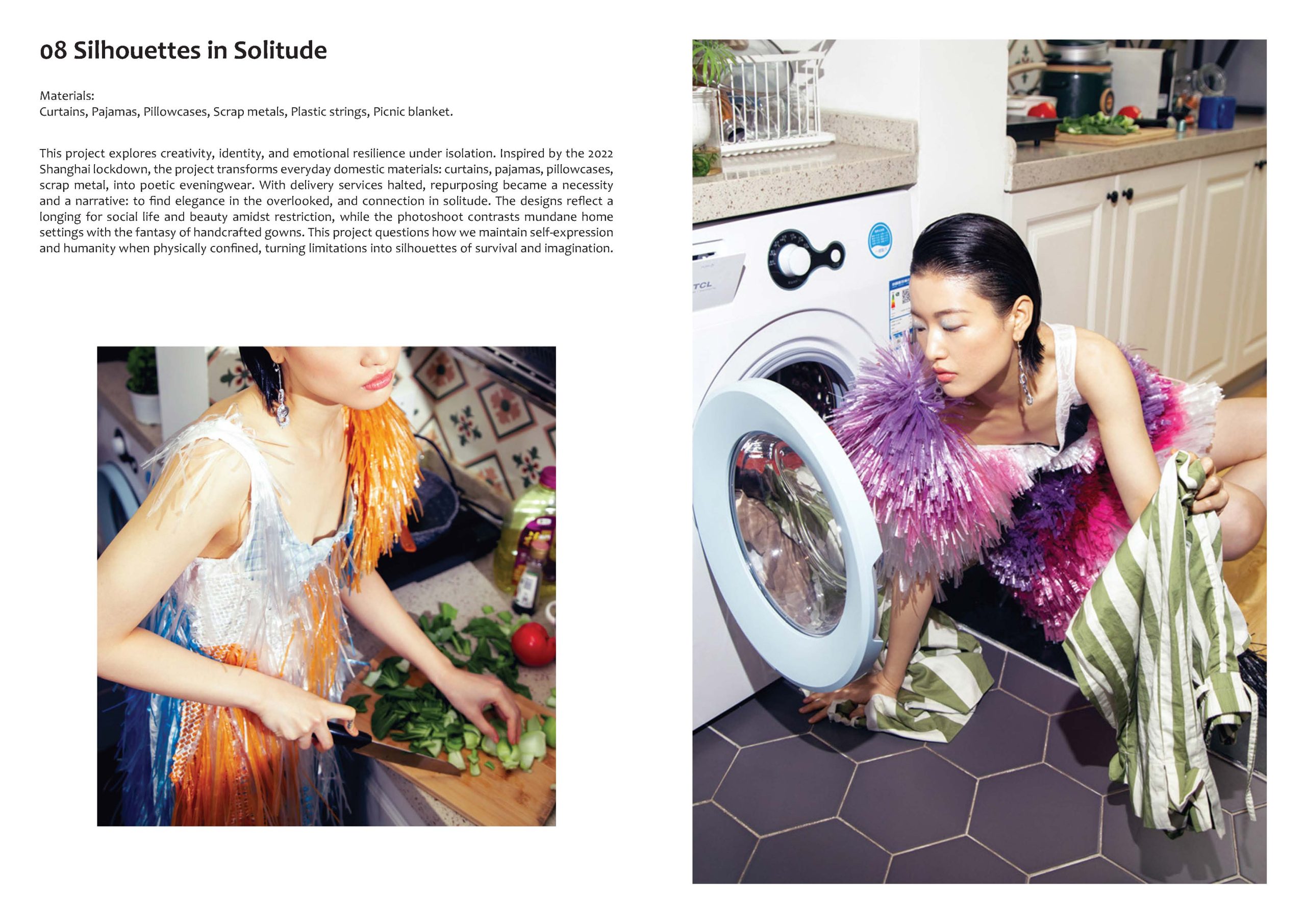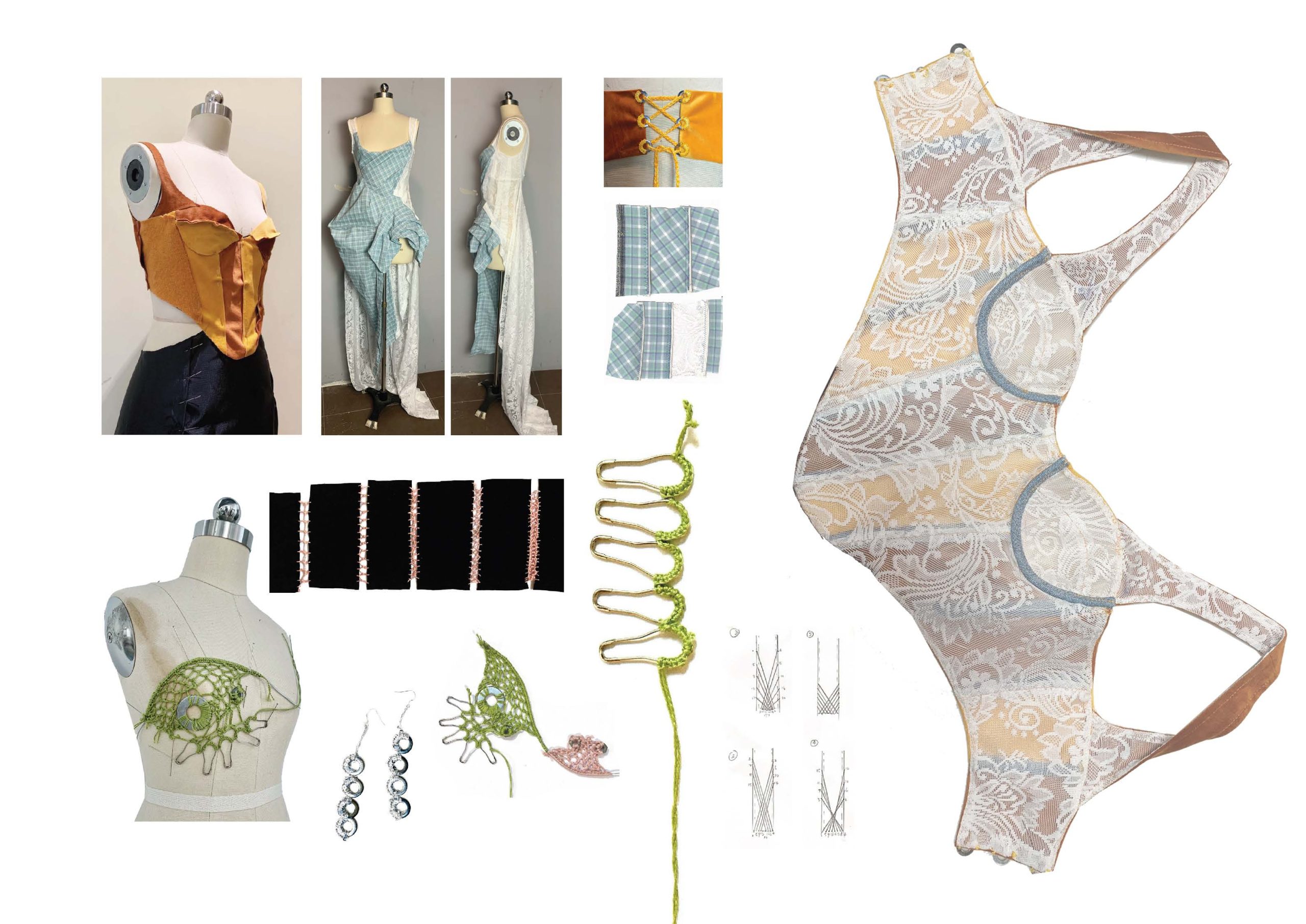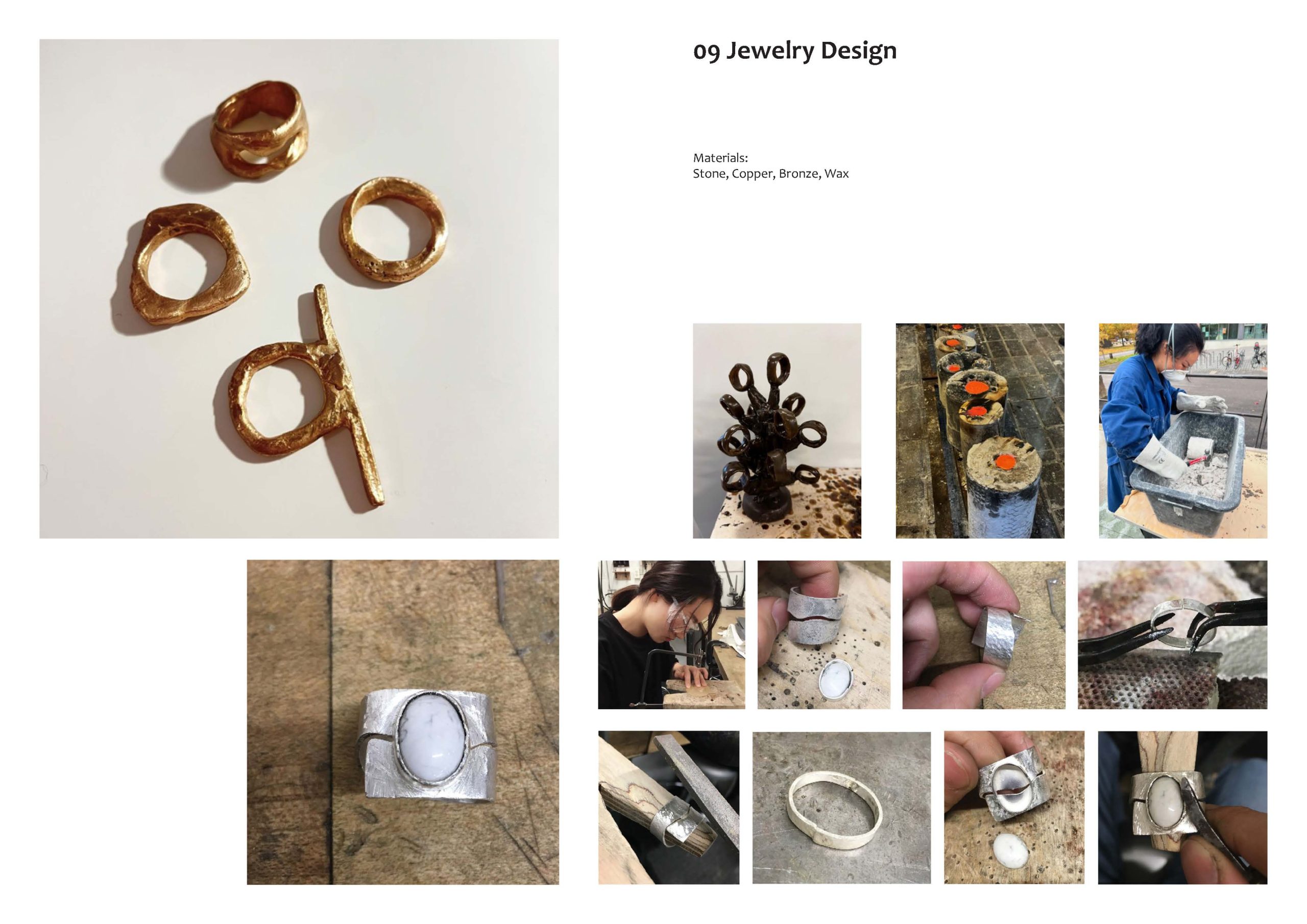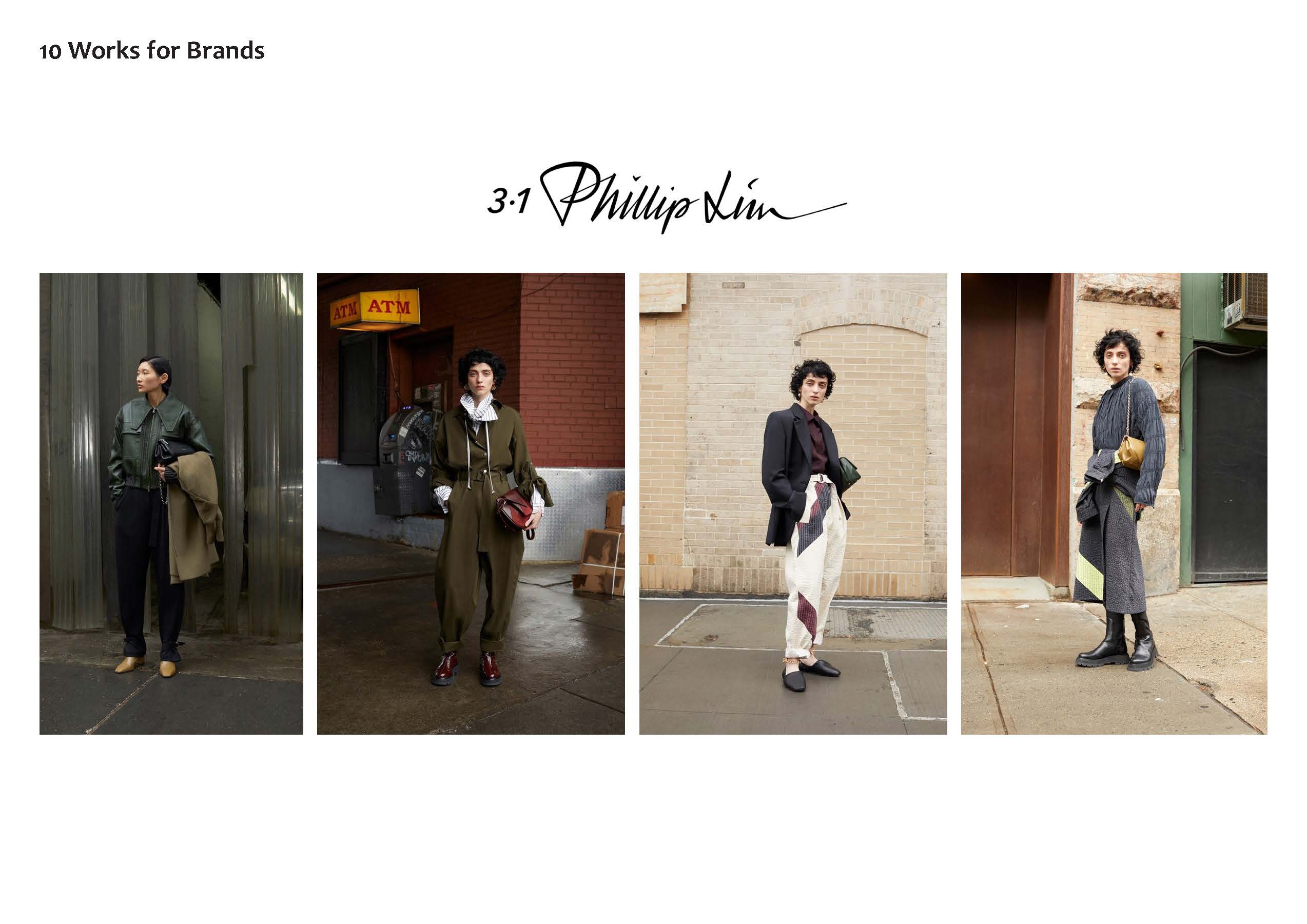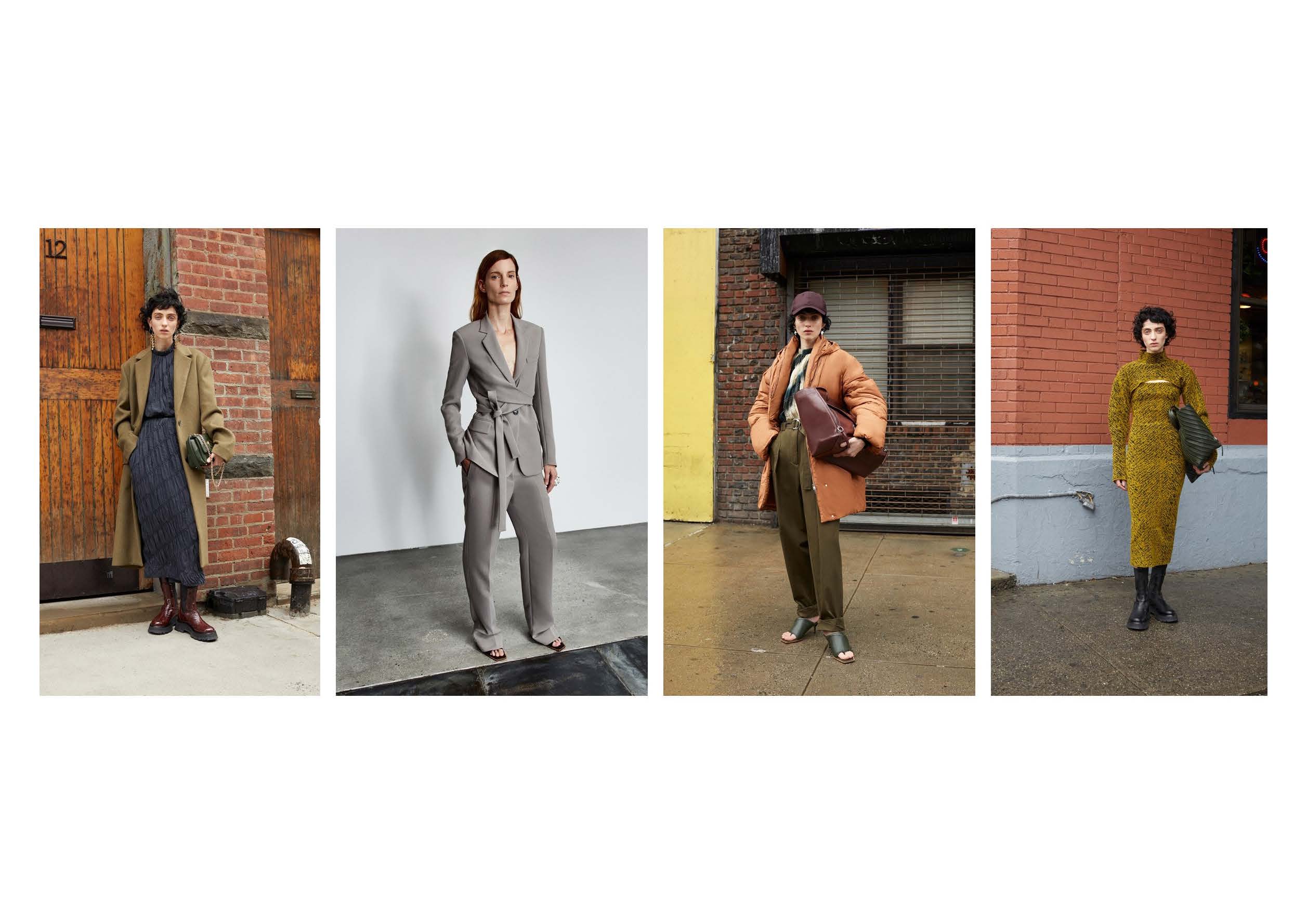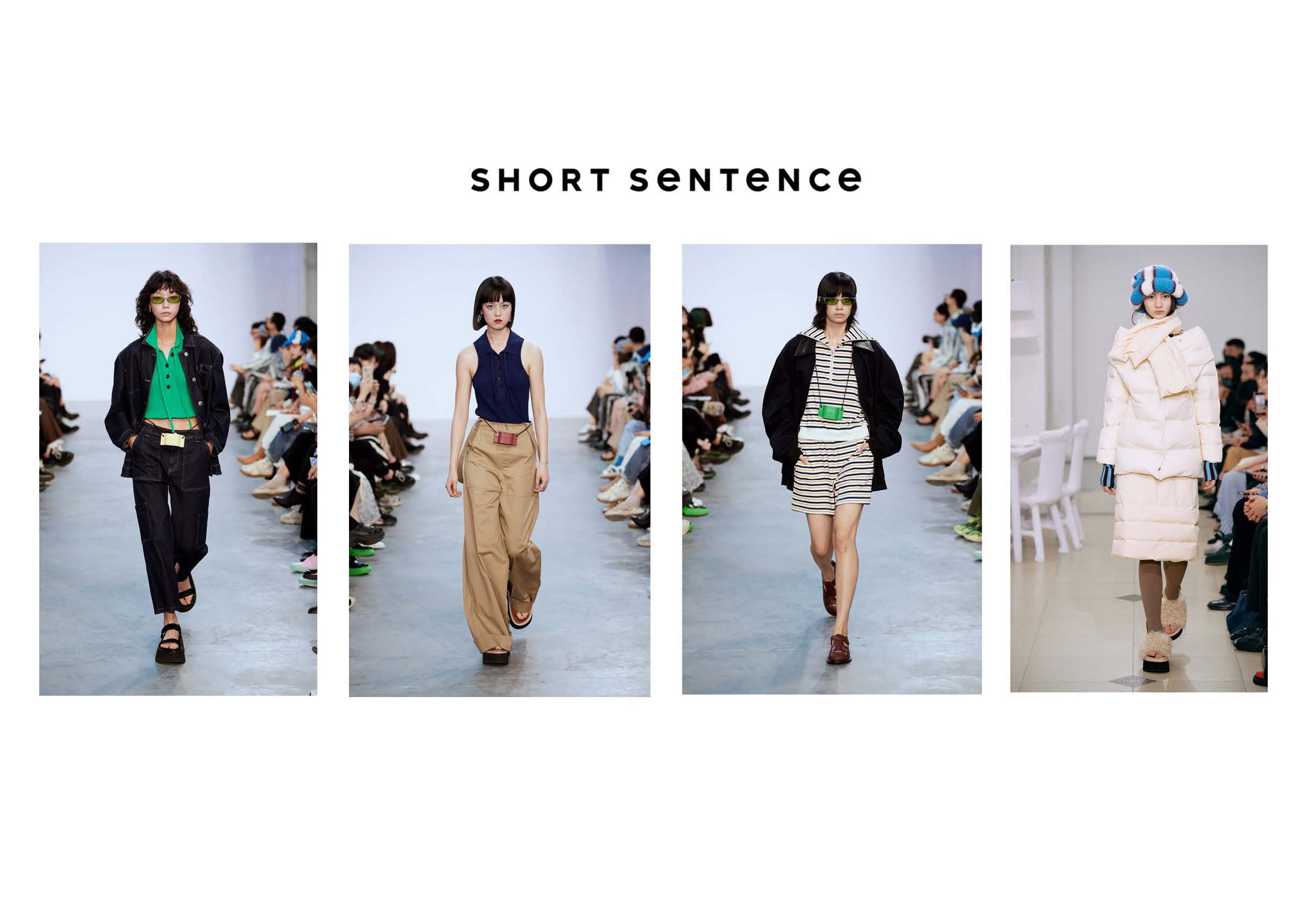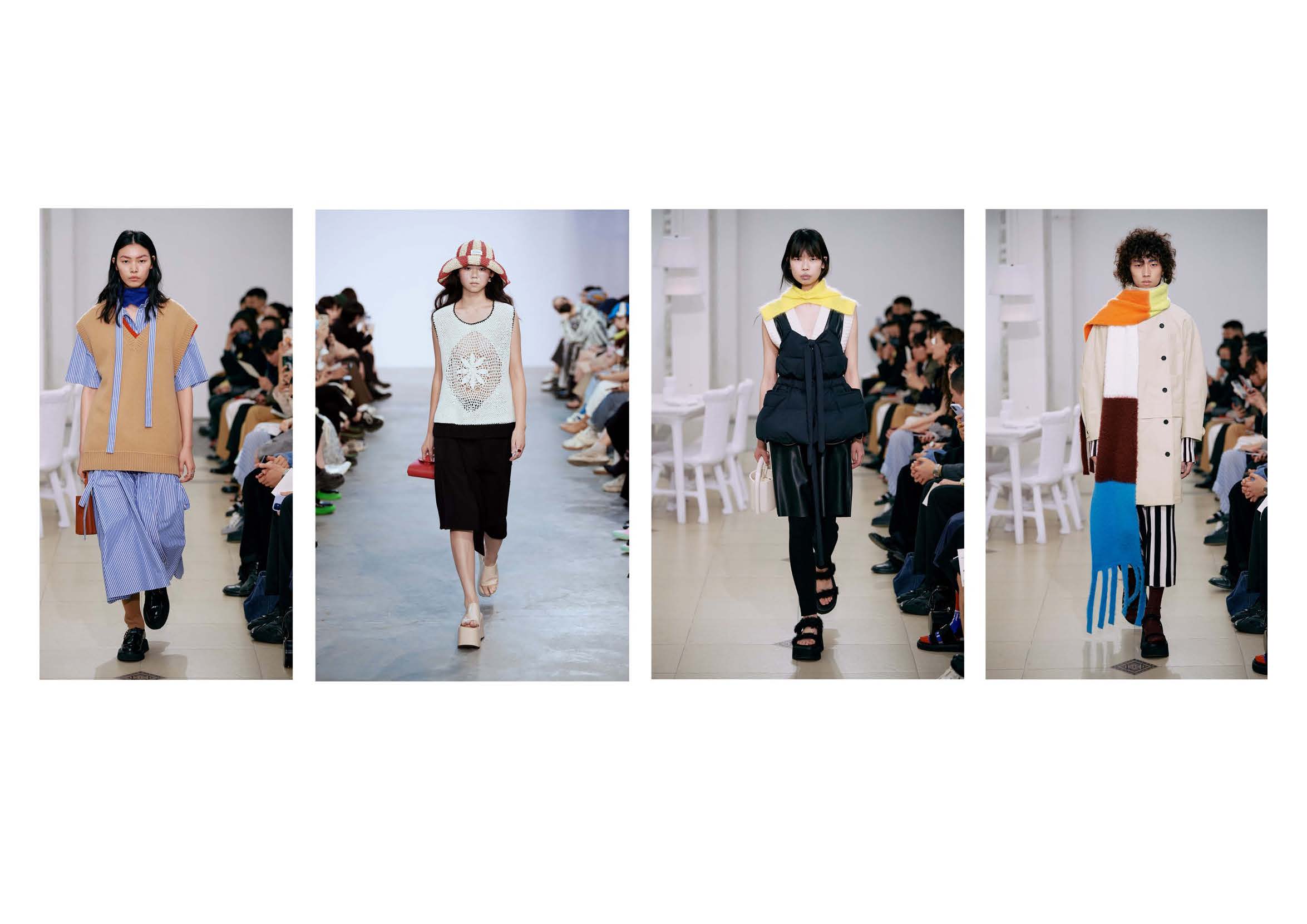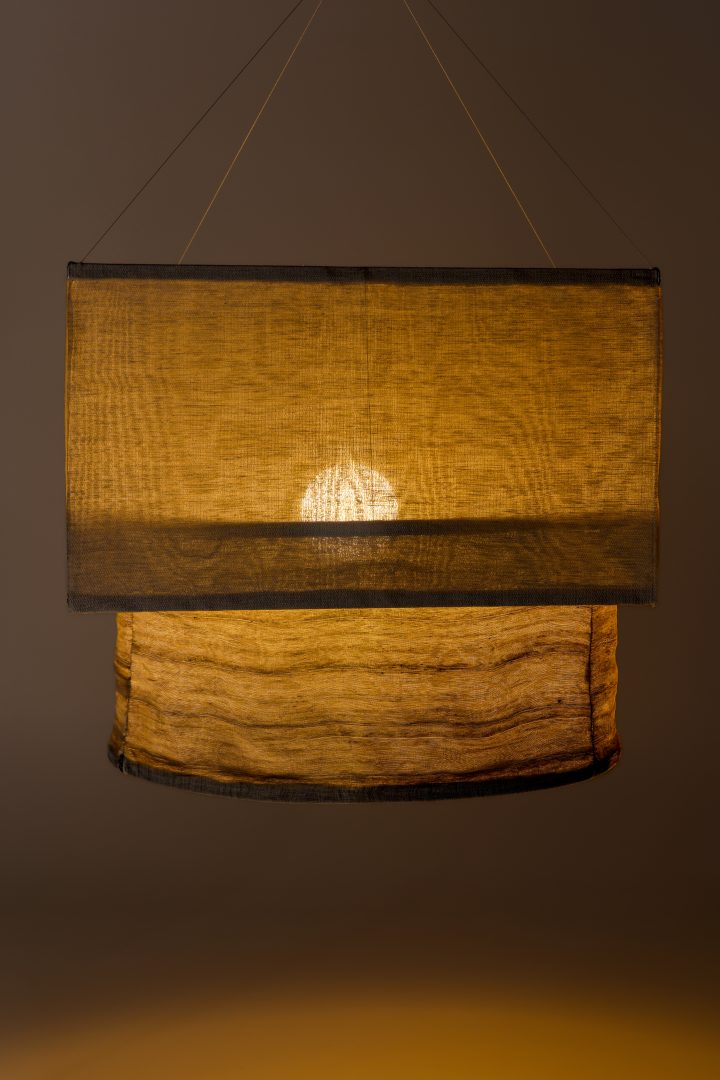Xuefei Shi
(MA)
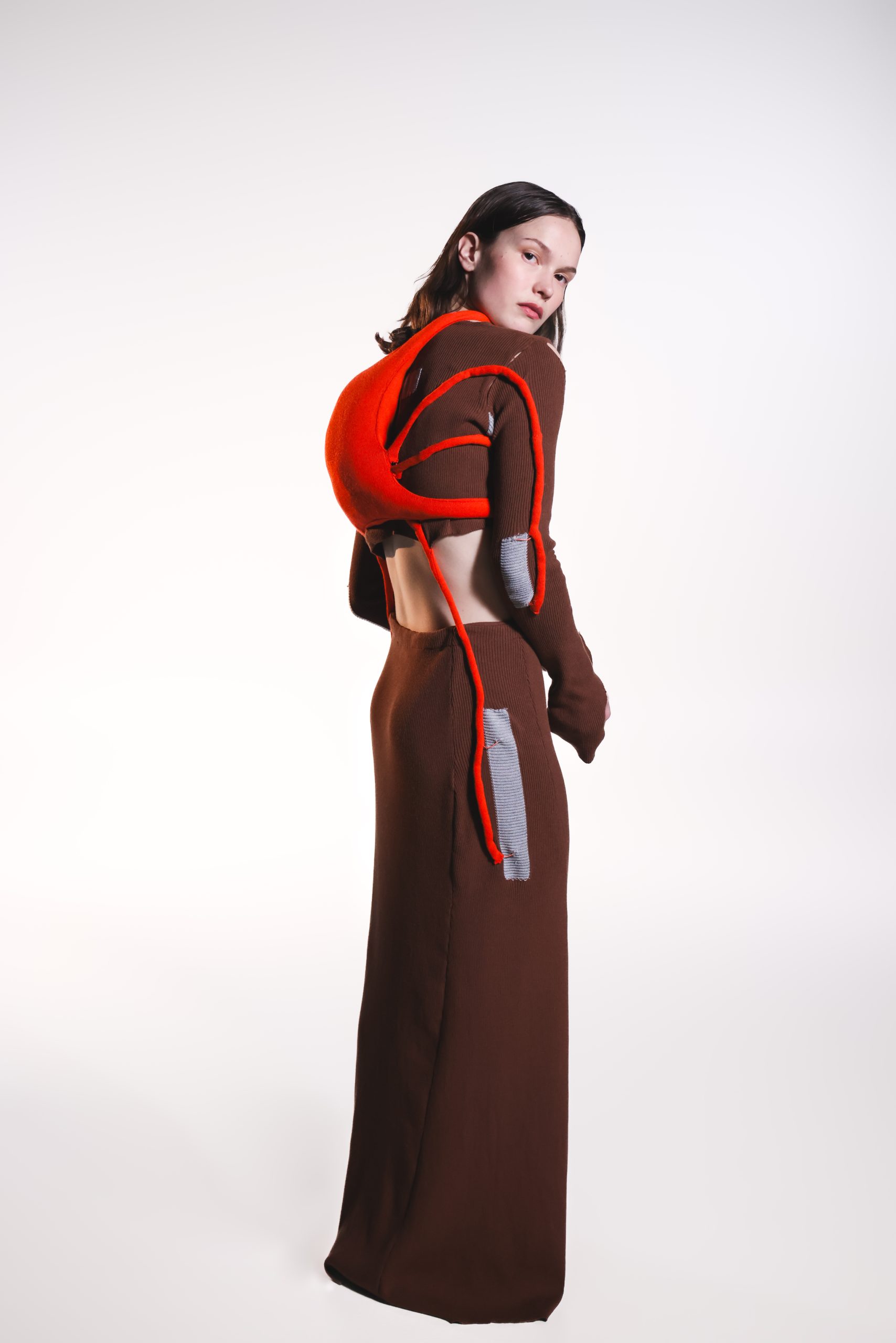
Wearable Instrument
This project bridges fashion, textiles, and sound by creating a wearable instrument that transforms body movement into musical expression. The garment enables intuitive sound interaction using knitted, stretch-responsive sensors. The textile material enhances comfort and emotional resonance, while integrated sensors control real-time audio effects such as hunching back to adjust reverb, skirt movements to deepen tones, and arm gestures to trigger string or bass notes. A metal clasp acts as the main power switch. The result is a performative, tactile interface that reconnects users with sensory and expressive dimensions of sound through wearable technology.
SUPPORT
Grant by Aalto Department of Design
COLLABORATION
Dancer: Saida Solla
Video:Veeti Hautanen; crew: Mina Anttila, Kaisa Laitala
Editing: Noora Ranne
ADVISORS
Anna-Mari Leppisaari, Emmi Pouta
SUPERVISOR
Maarit Salolainen
(IG)
@ itsfei.s
An intimate dialogue between body, sound, and garment.
– I’m driven by the vision of wearable technology as an intimate extension of our sensory expression, where garments become instruments we intuitively play by our body. The relationship between body, garment, and sound was explored in this project.
This MA thesis project explores the intersection of fashion, textile design, and sonic interaction, responding to the increasing sensory disconnection in contemporary digital sound experiences. By integrating knitted, stretch-responsive sensors directly into a garment, it transforms intuitive body movements into musical expression, bridging accessibility, wearability, and performative interaction. Soft knitted textiles were specifically chosen for their adaptability and tactile intimacy, enhancing emotional resonance and comfort in wearable technology.
– My motivation comes from a deep interest in pushing the boundaries of fashion and textiles by integrating other disciplines. My exposure to courses in music production, engineering, and smart wearables inspired me to explore cross-disciplinary practices. It positions fashion not just as a medium of aesthetic or functional design but as a tool for fostering new, interactive experiences.
The metal closure on the garment functions as the main switch for the sound system, activating various real-time sound effects. Each sensor controls a different aspect of sound synthesis, shaping the audio dynamically in real time. For example, hunching your back modifies the reverb effect of the entire soundtrack, while the sensors embedded in the skirt create a lower, warmer tone, allowing the wearer to simultaneously perform as both dancer and musician.
